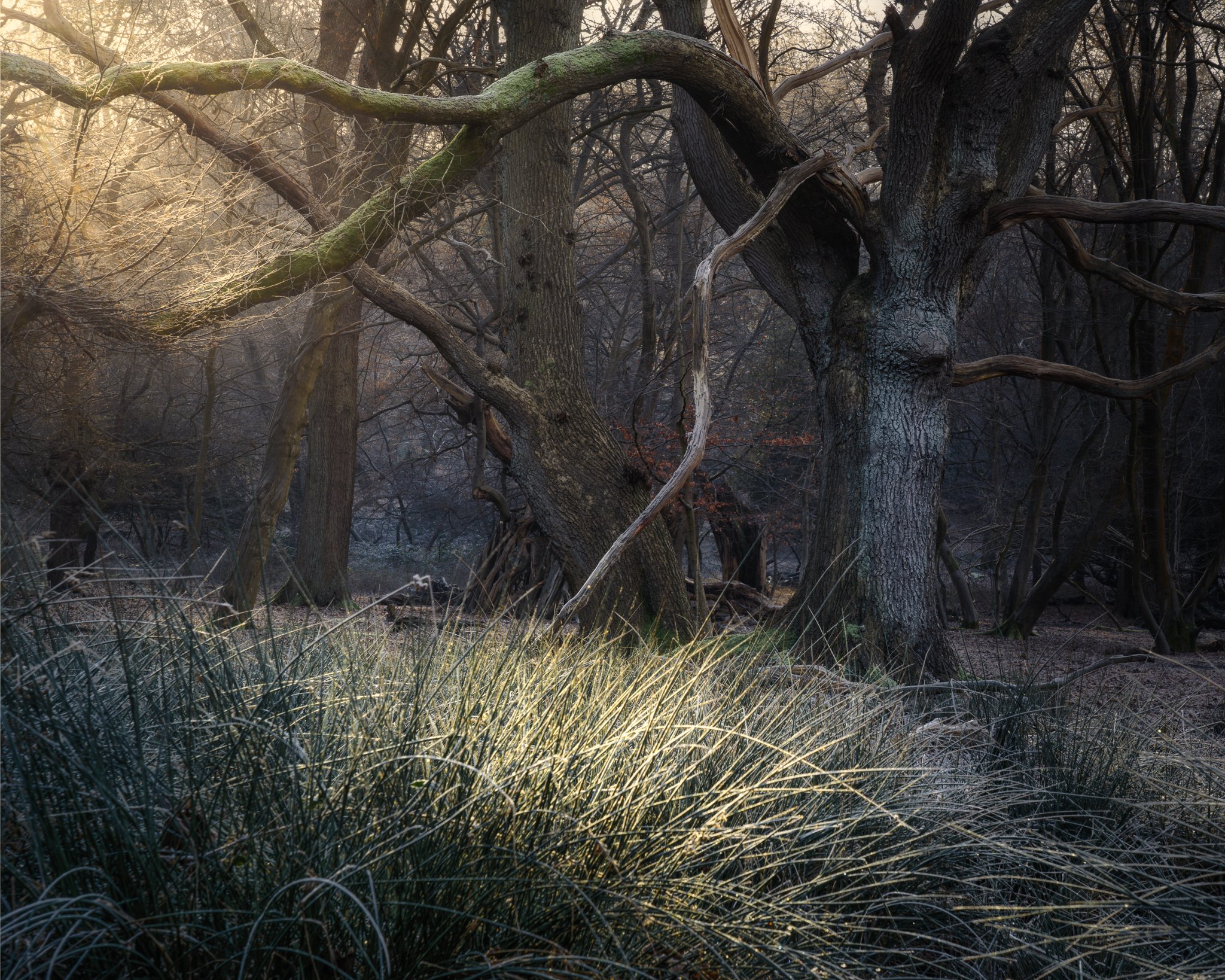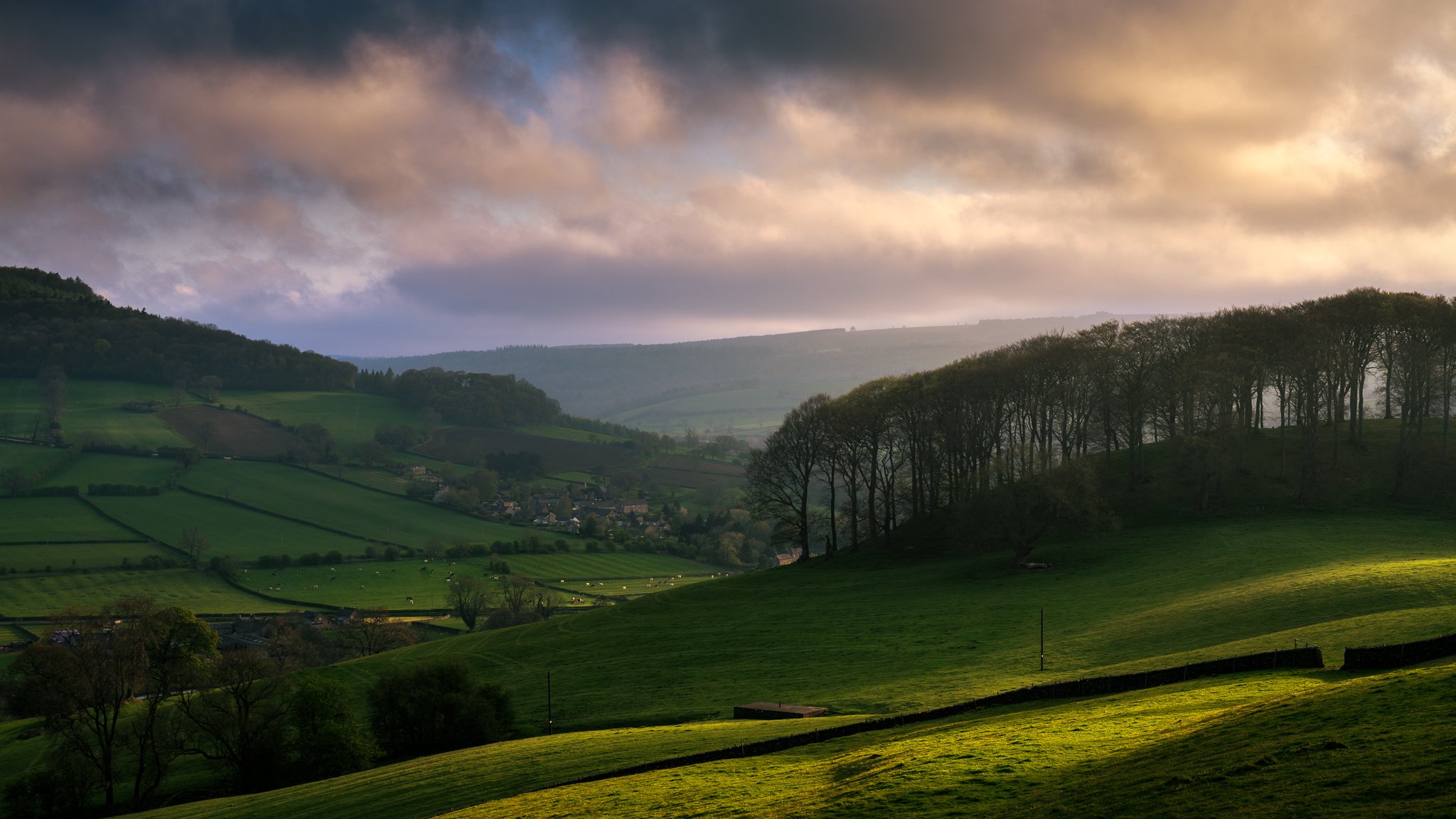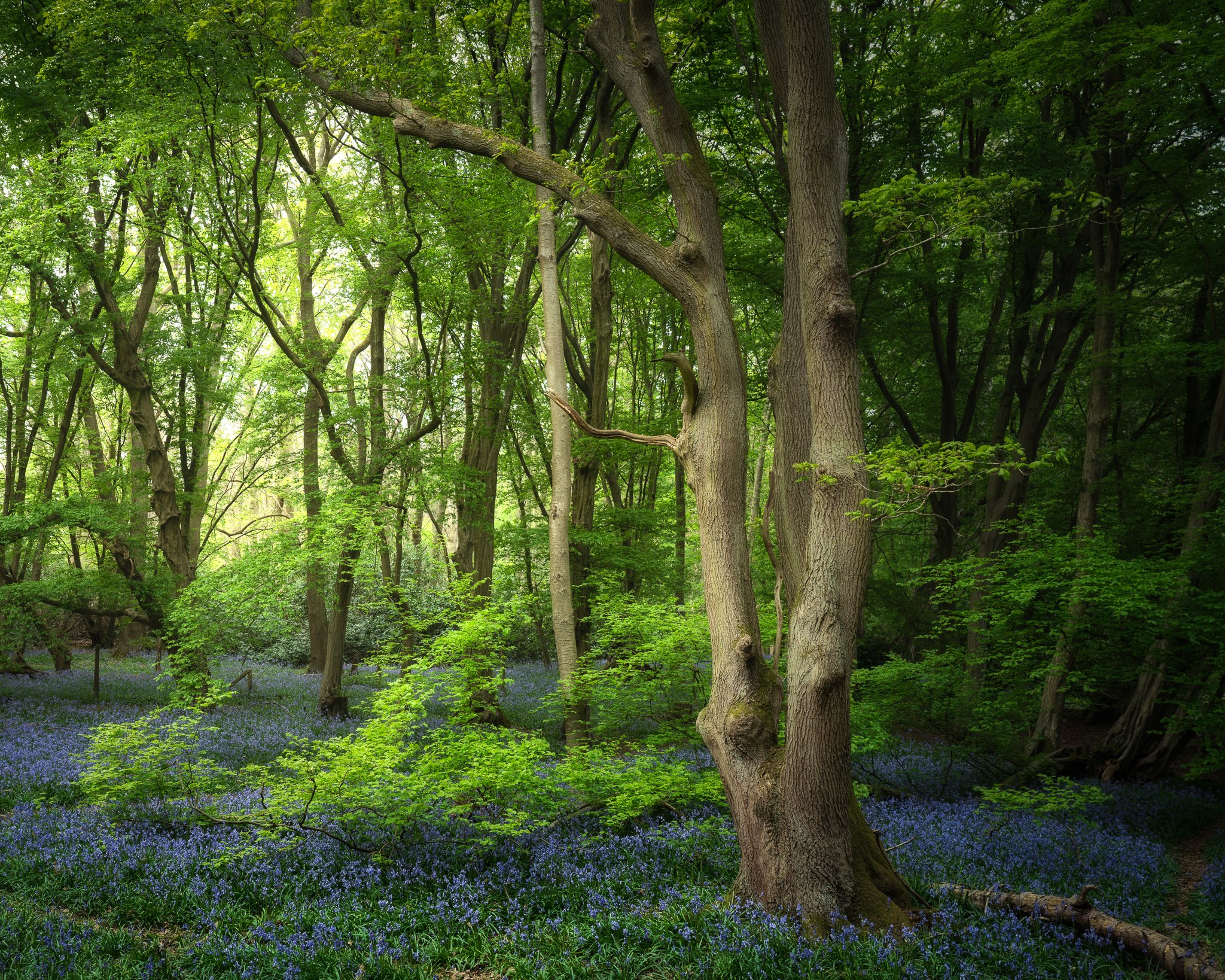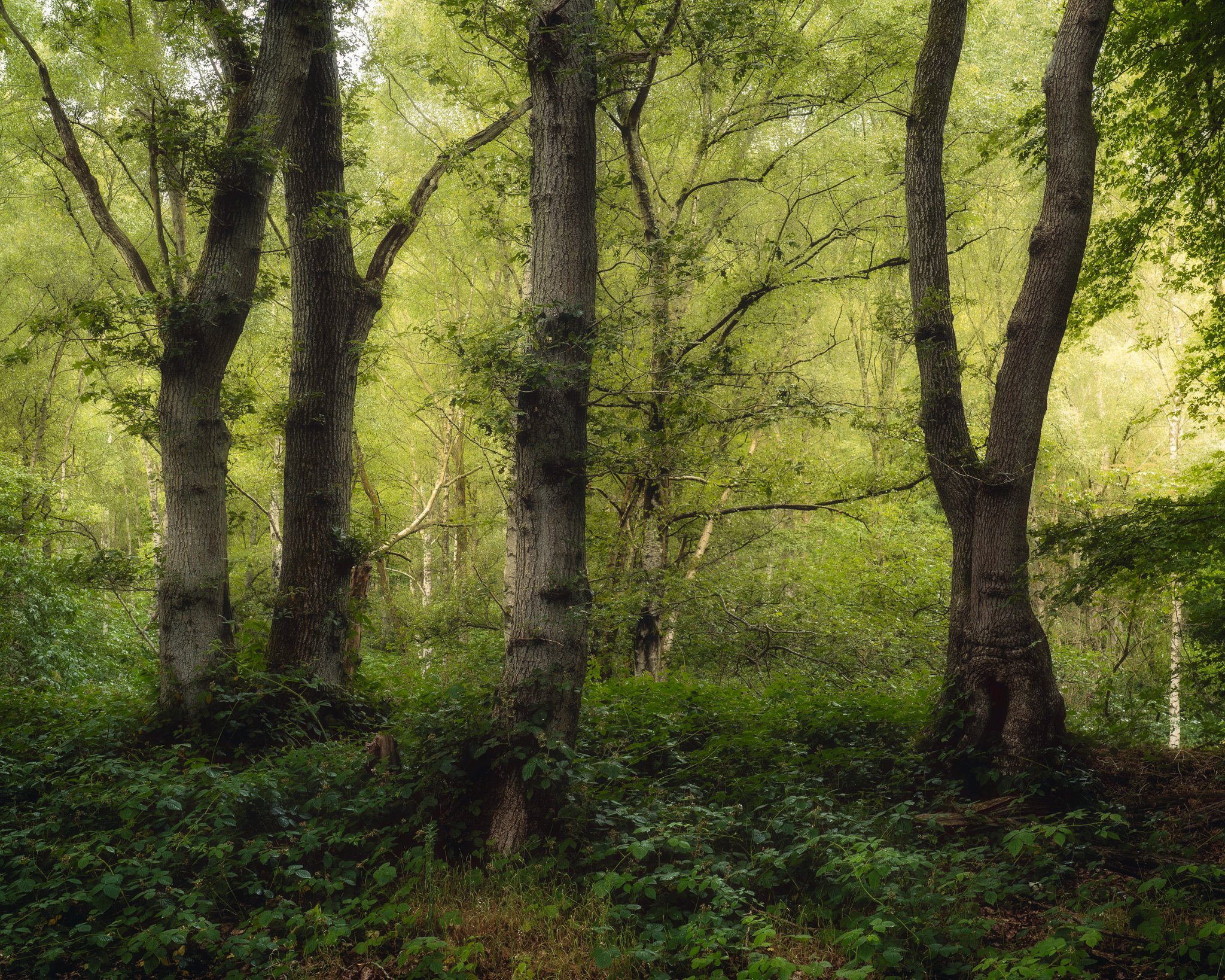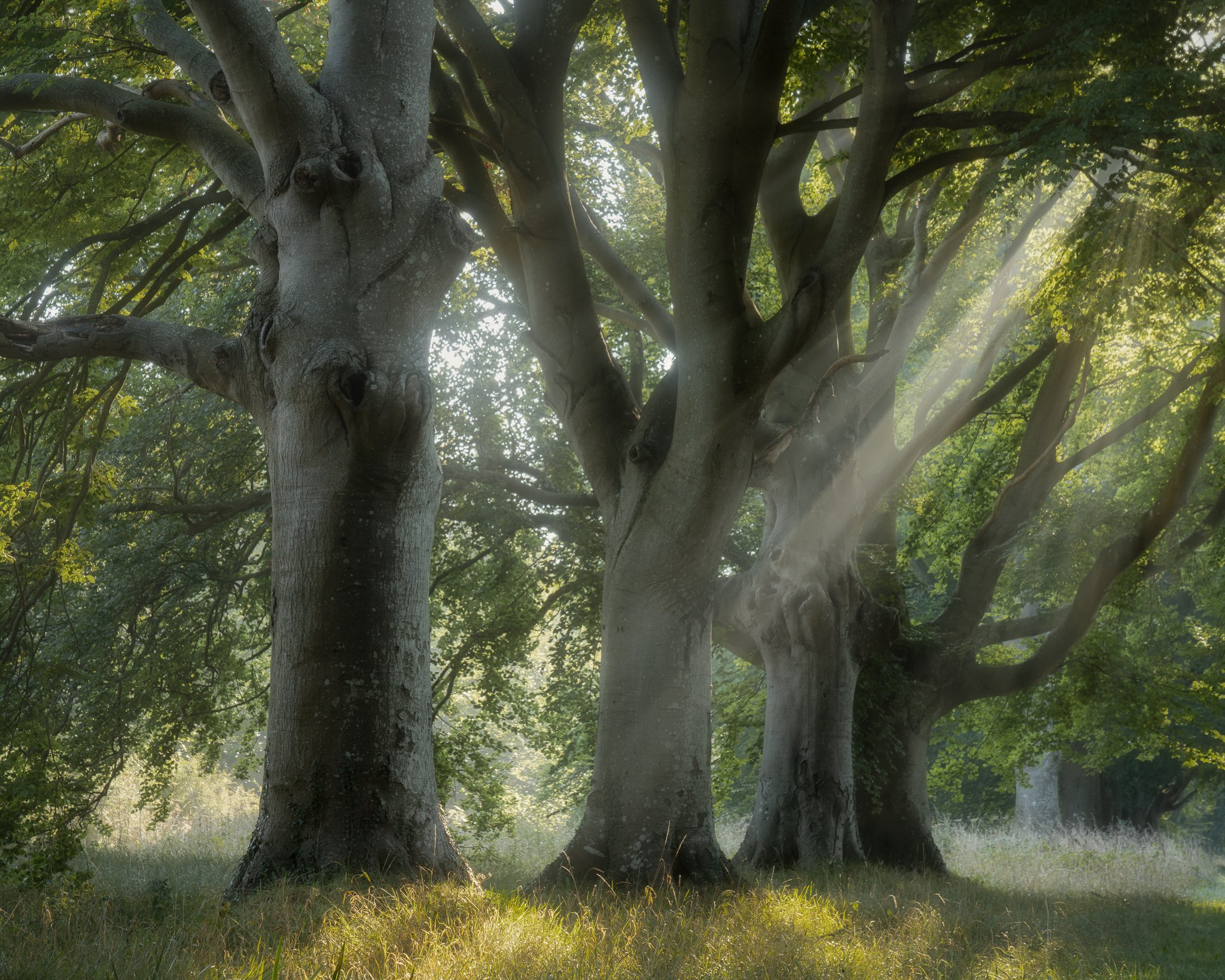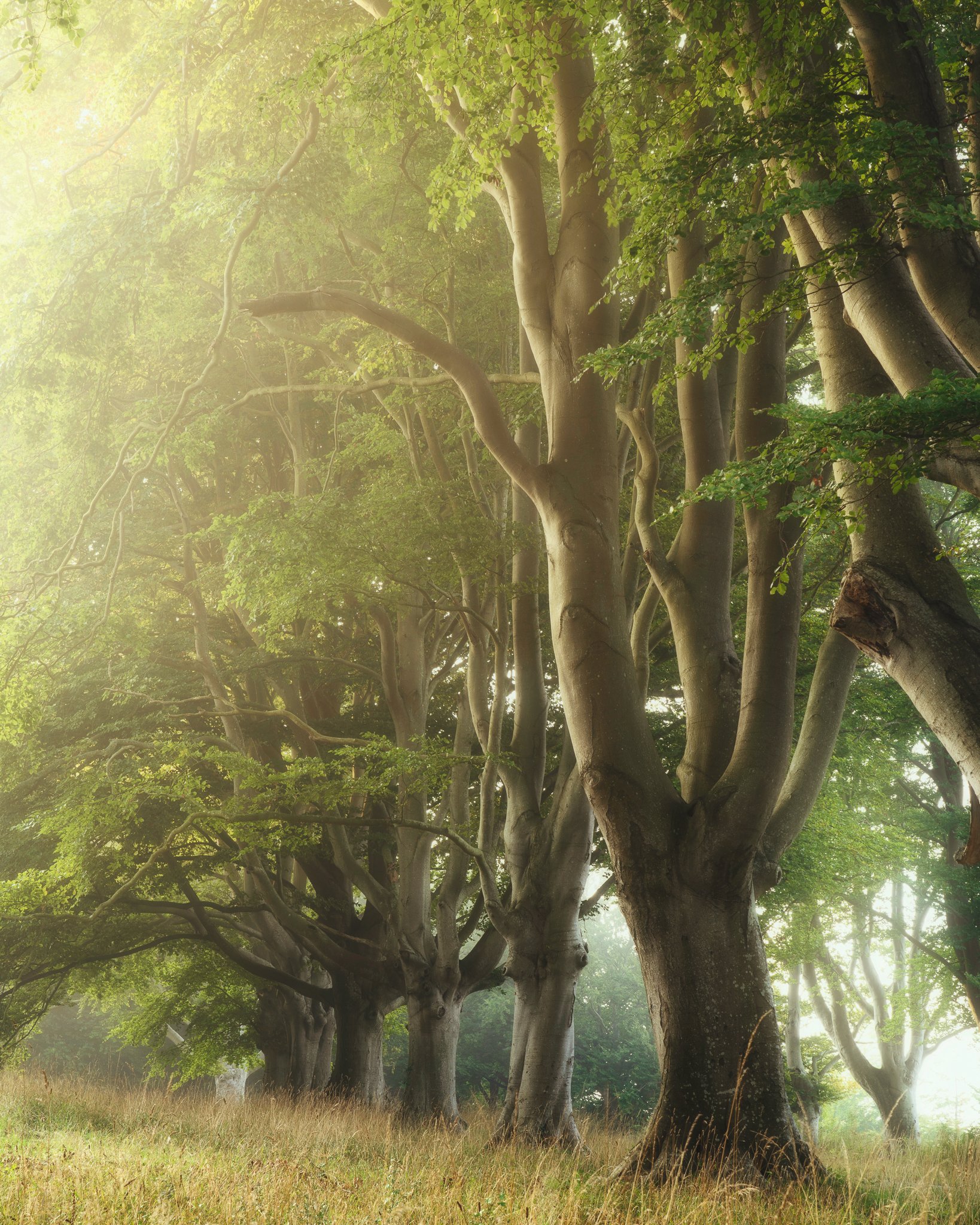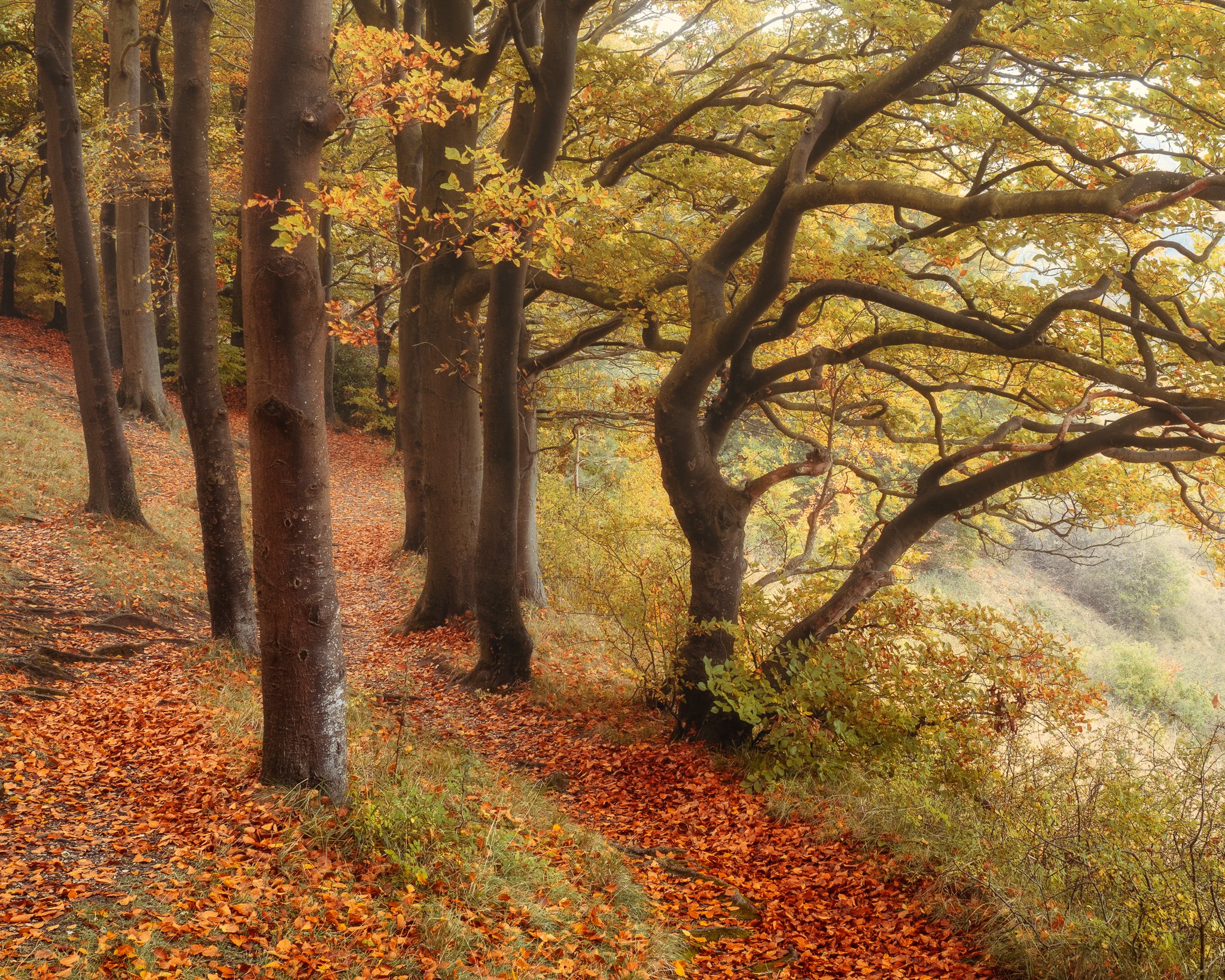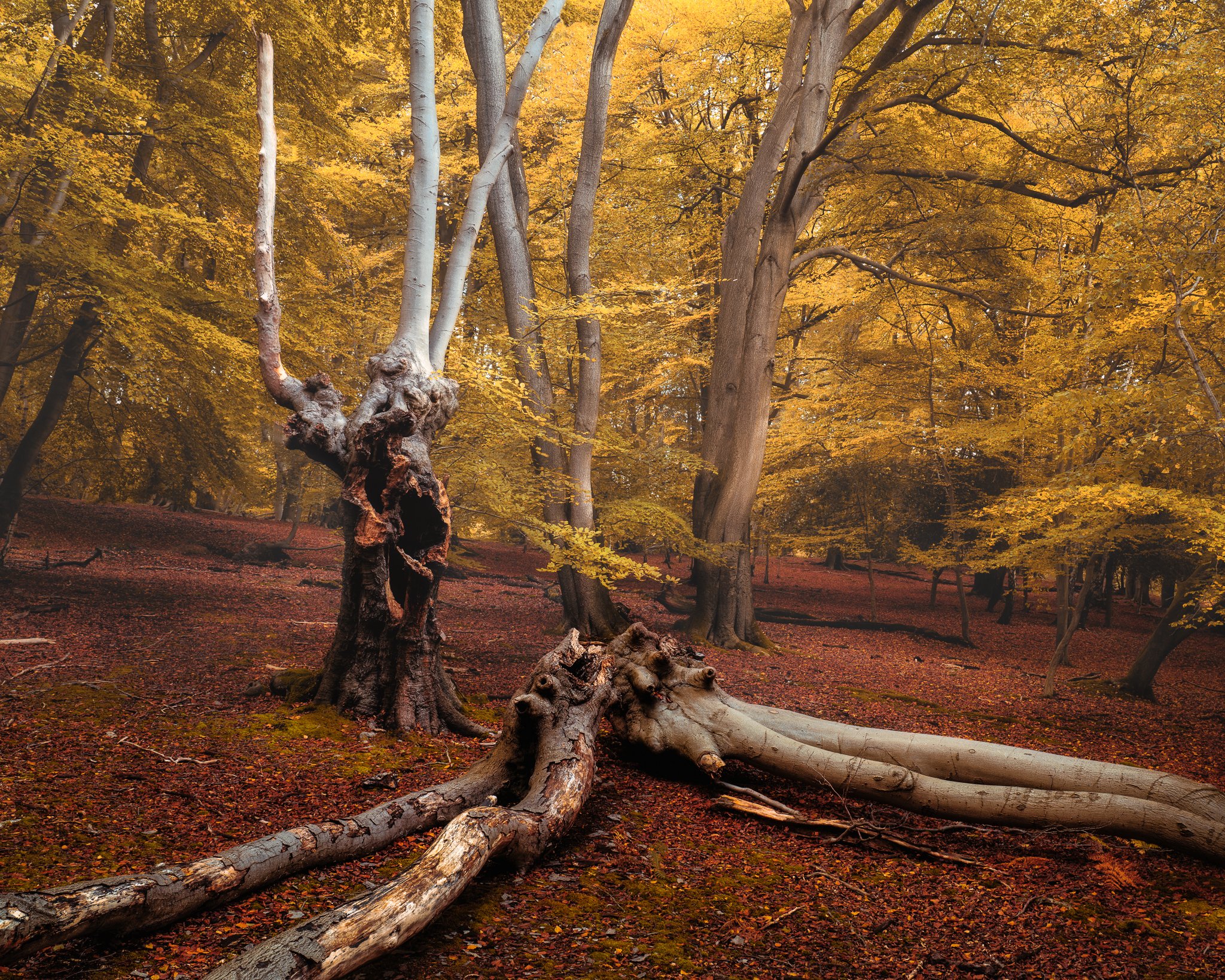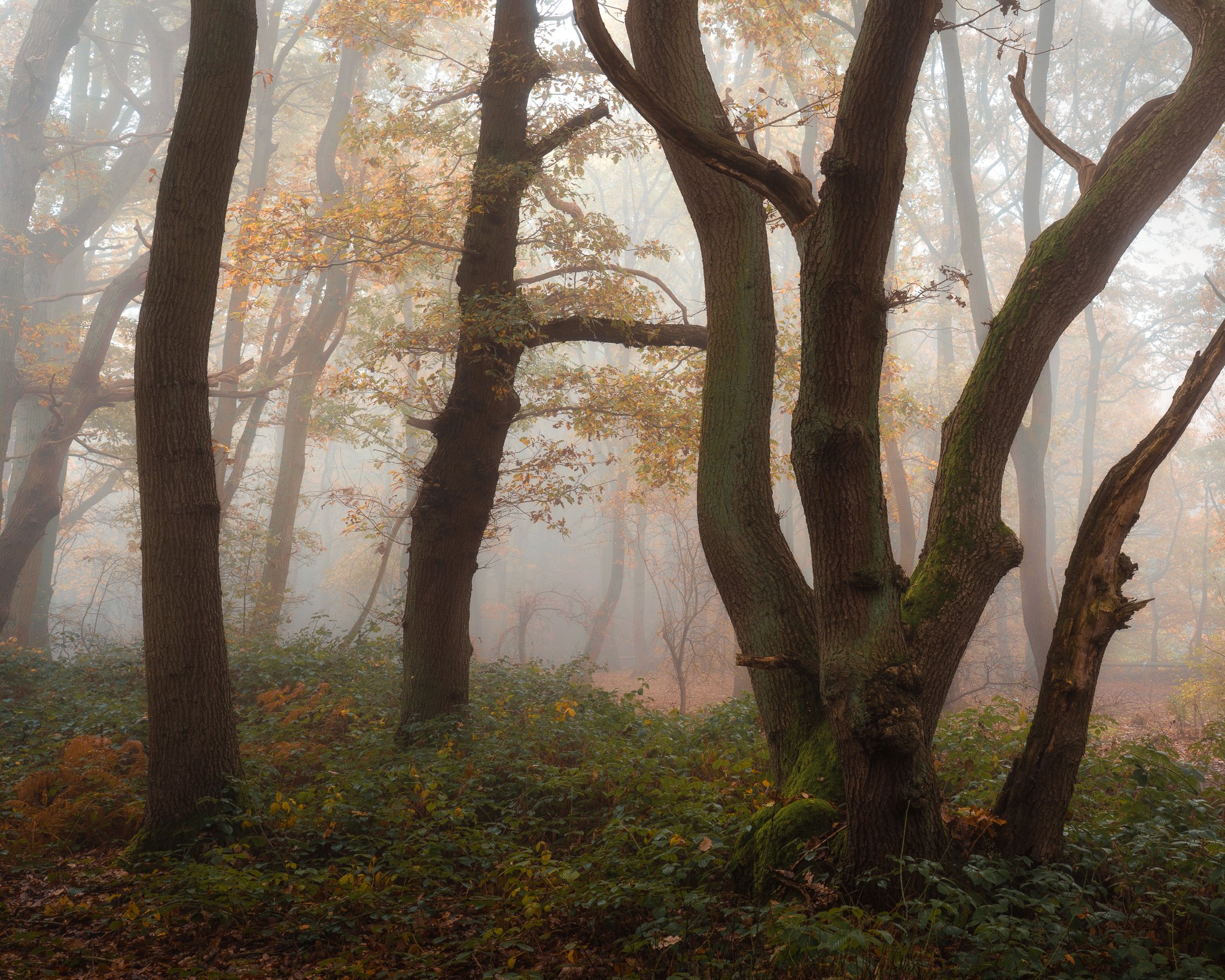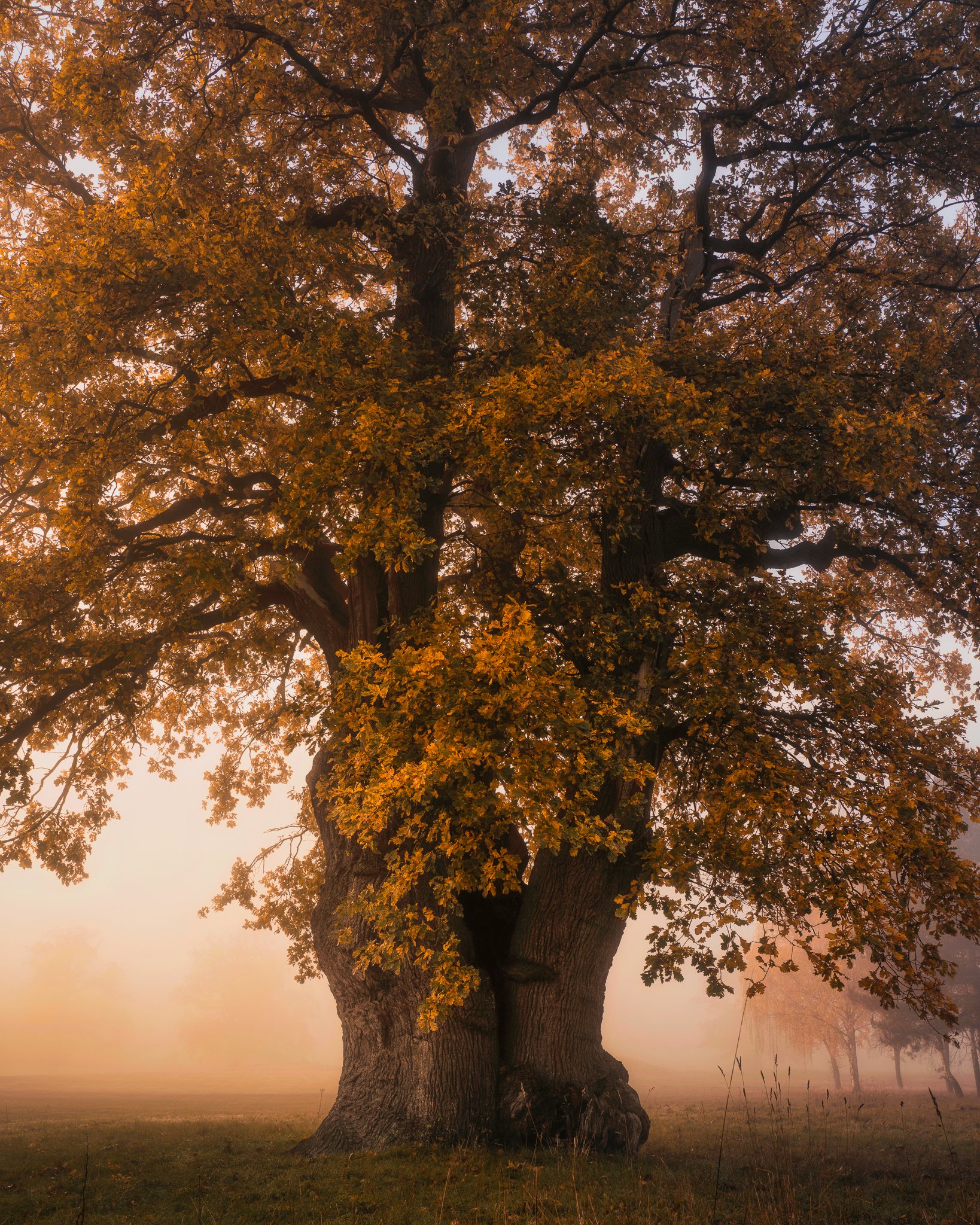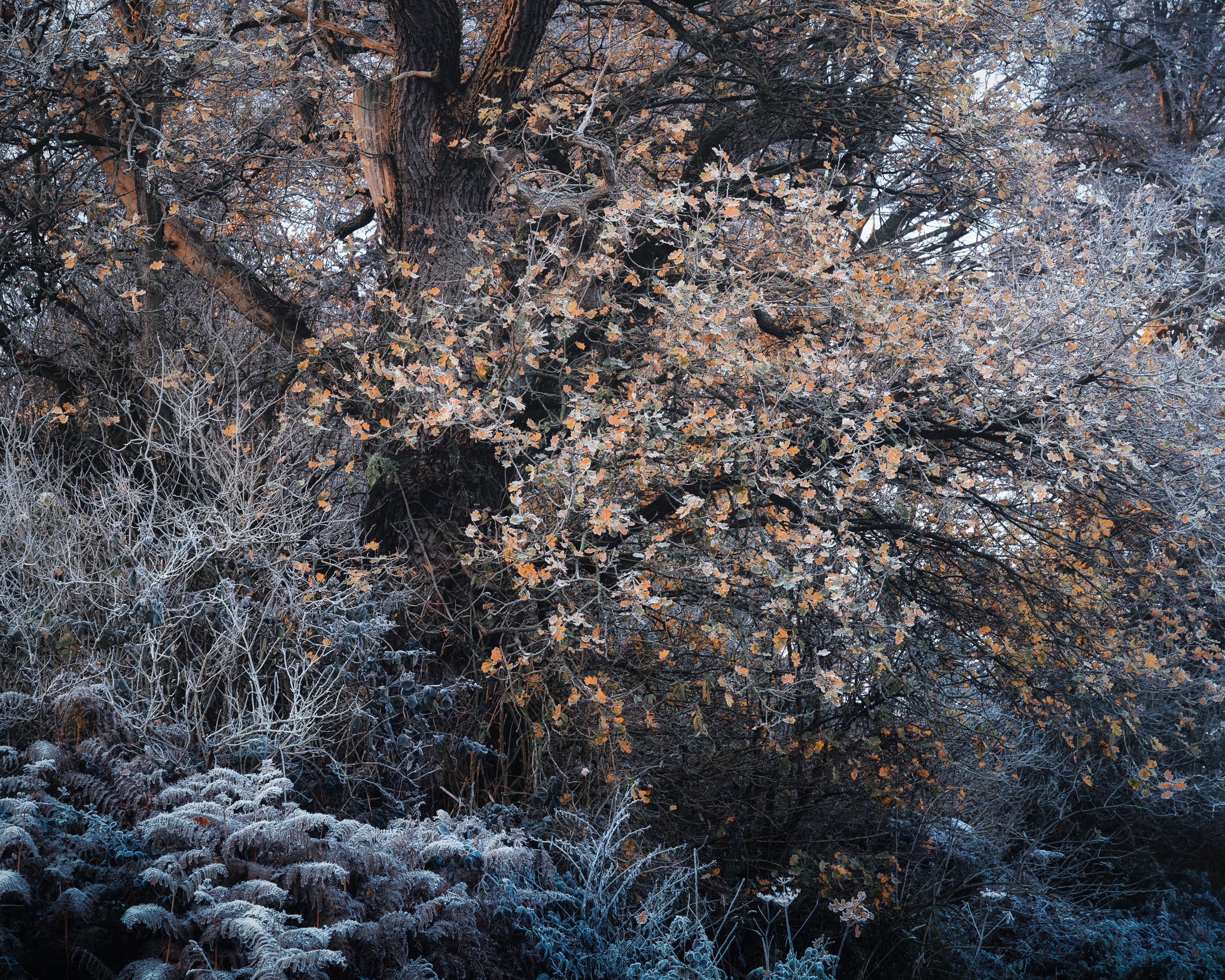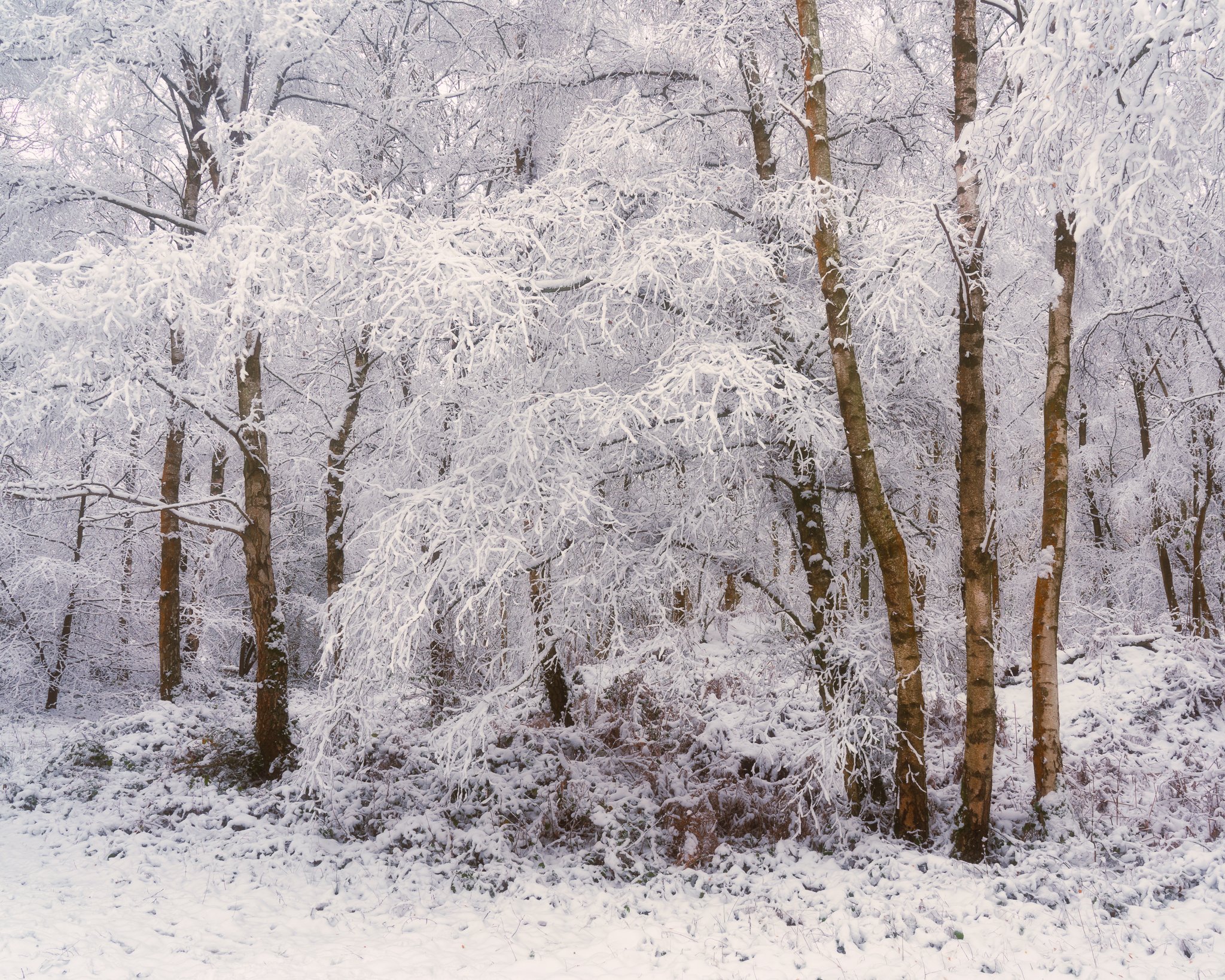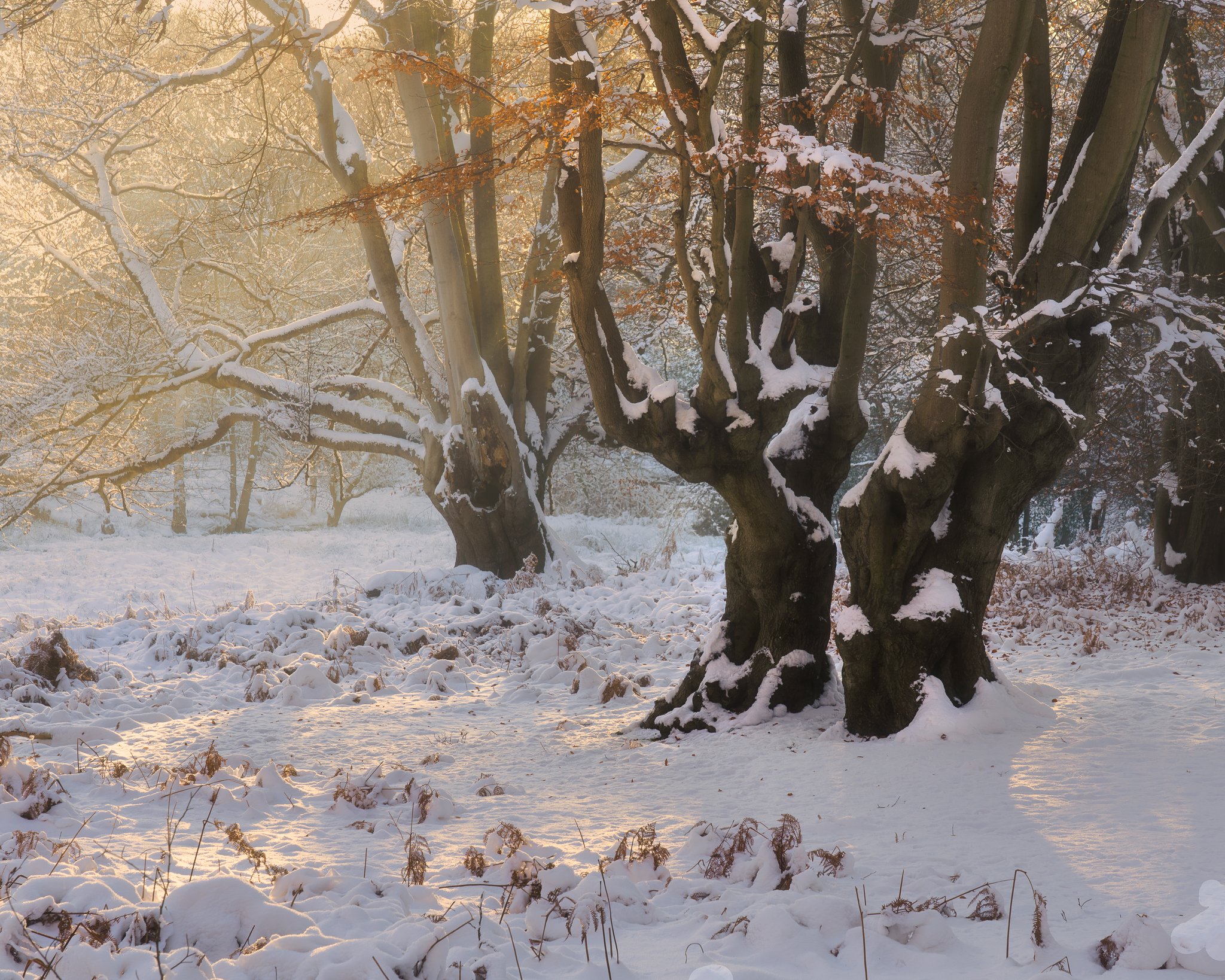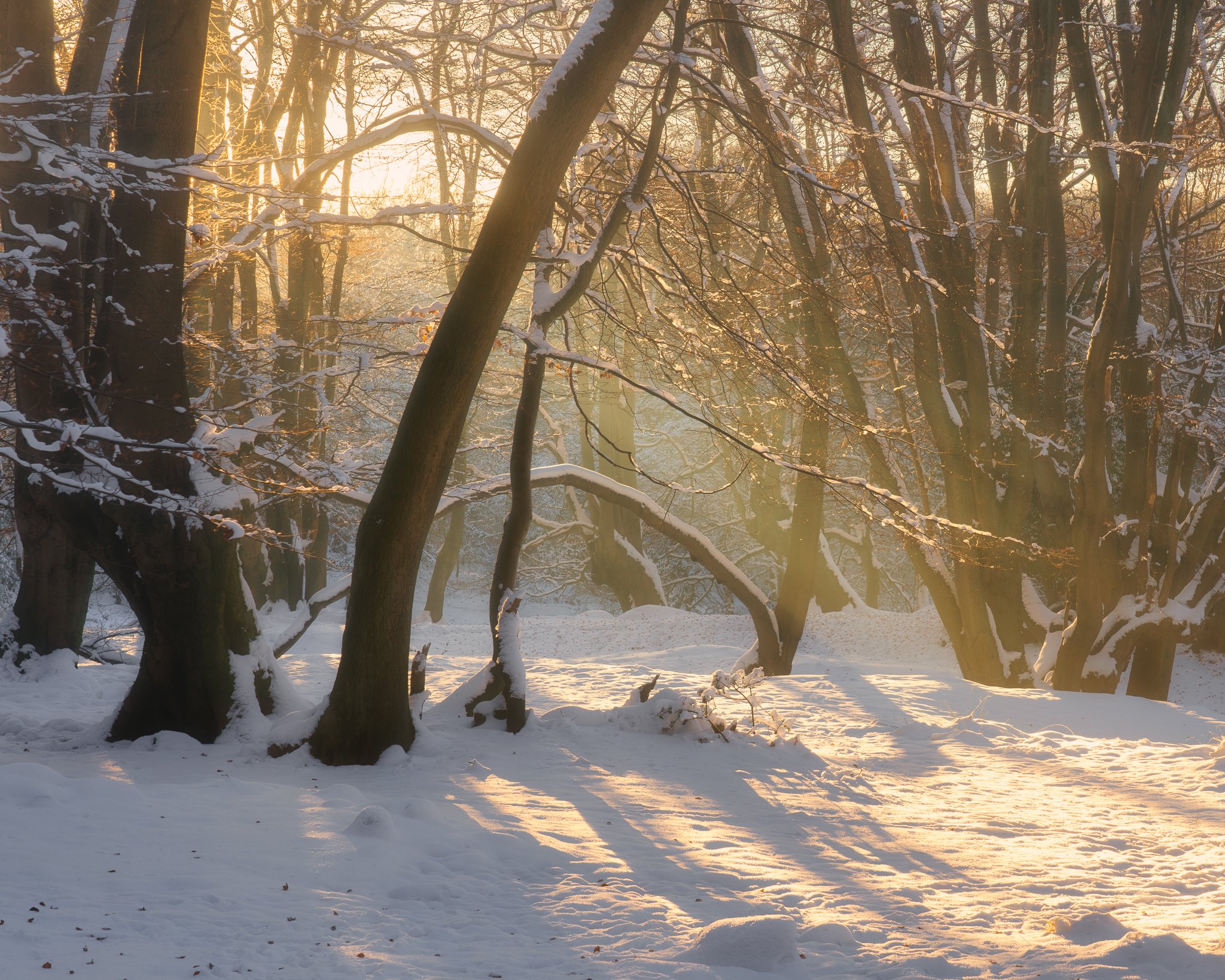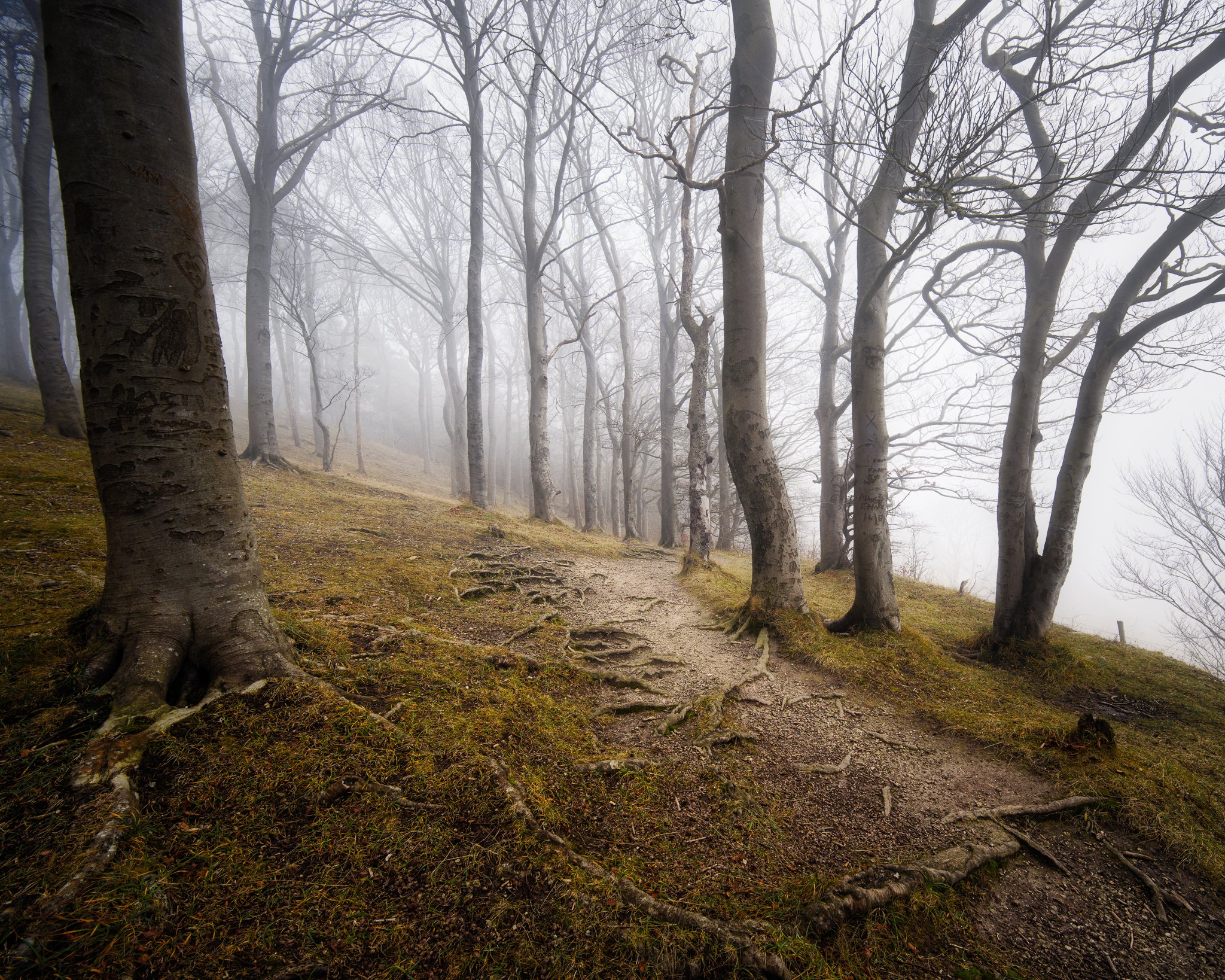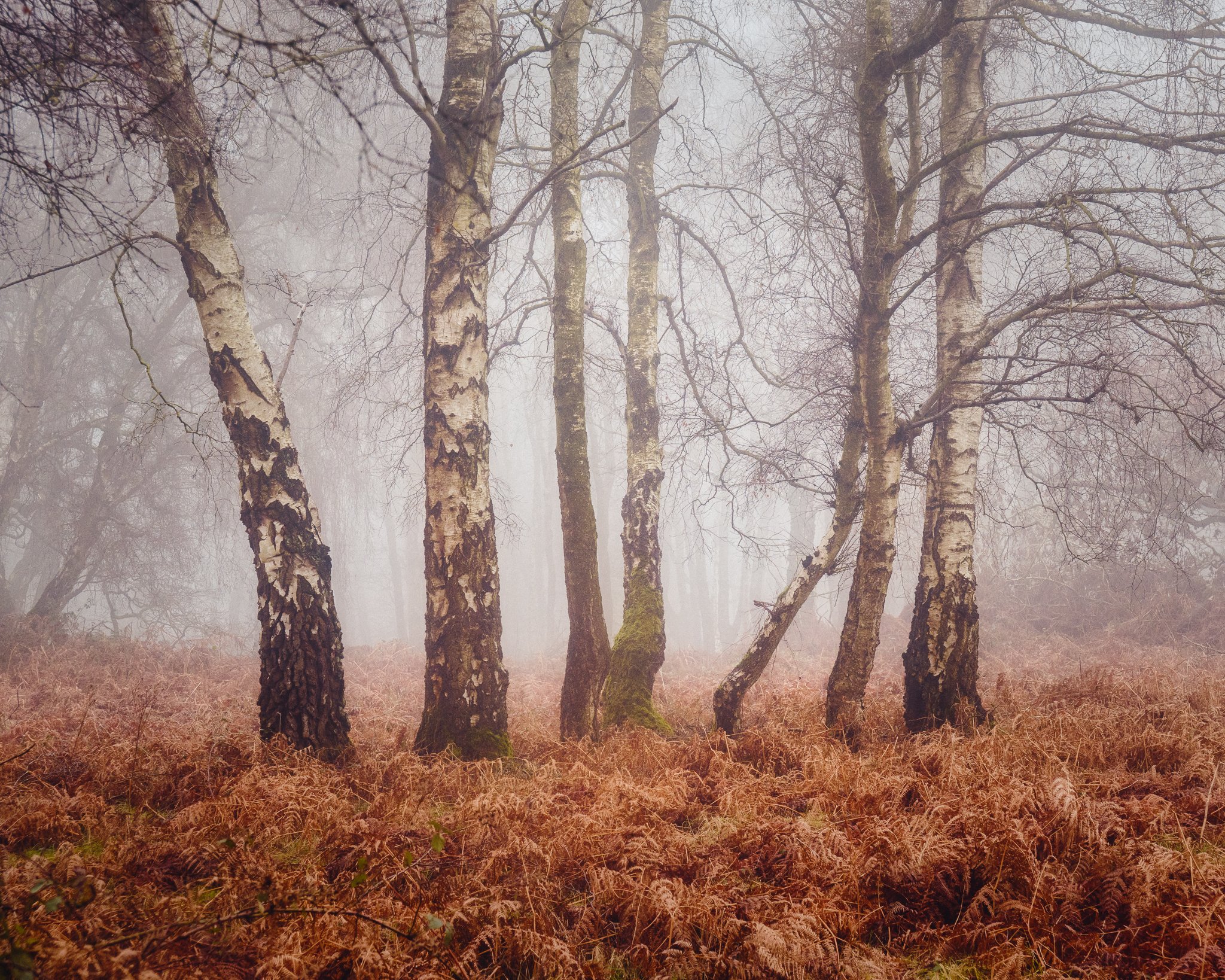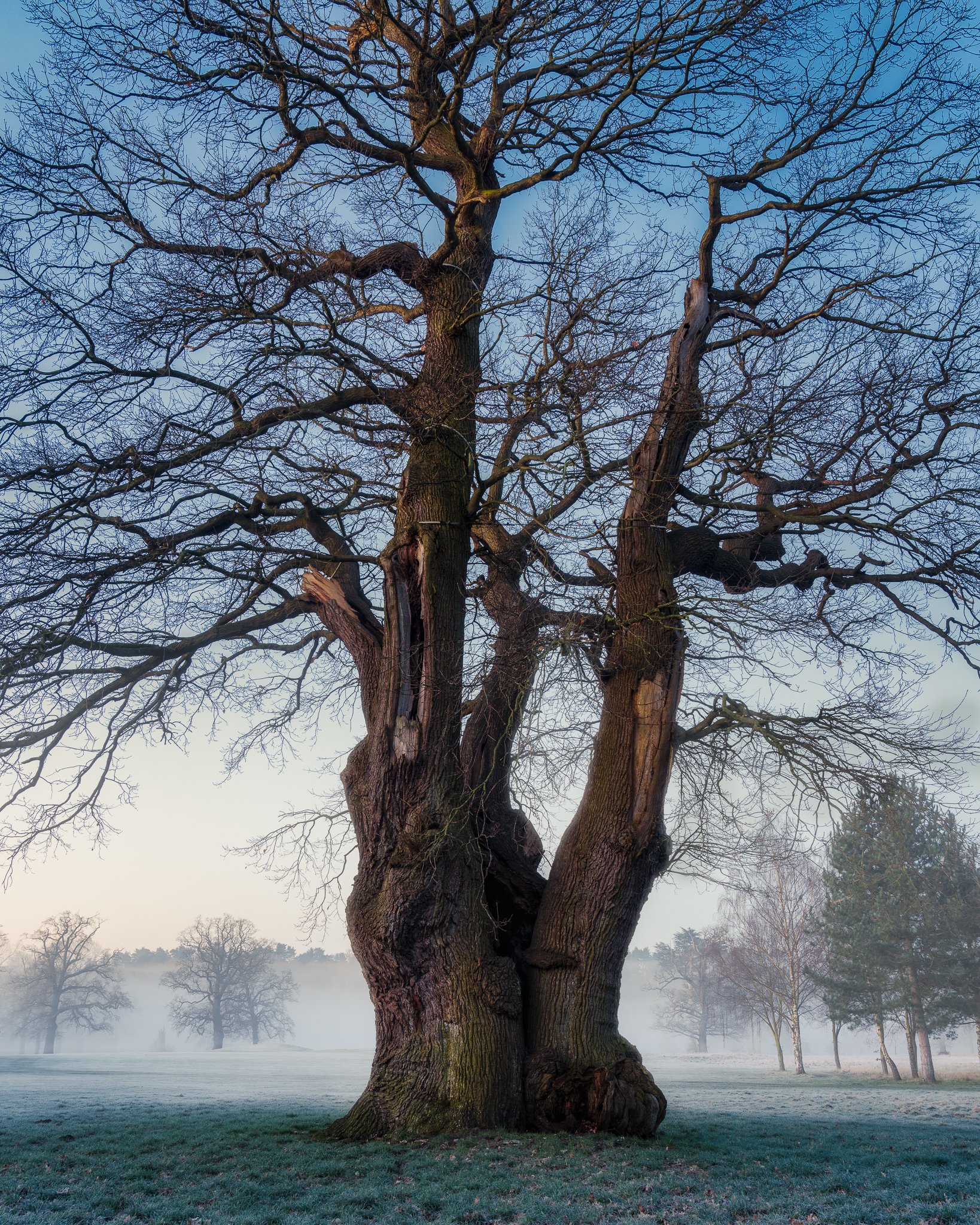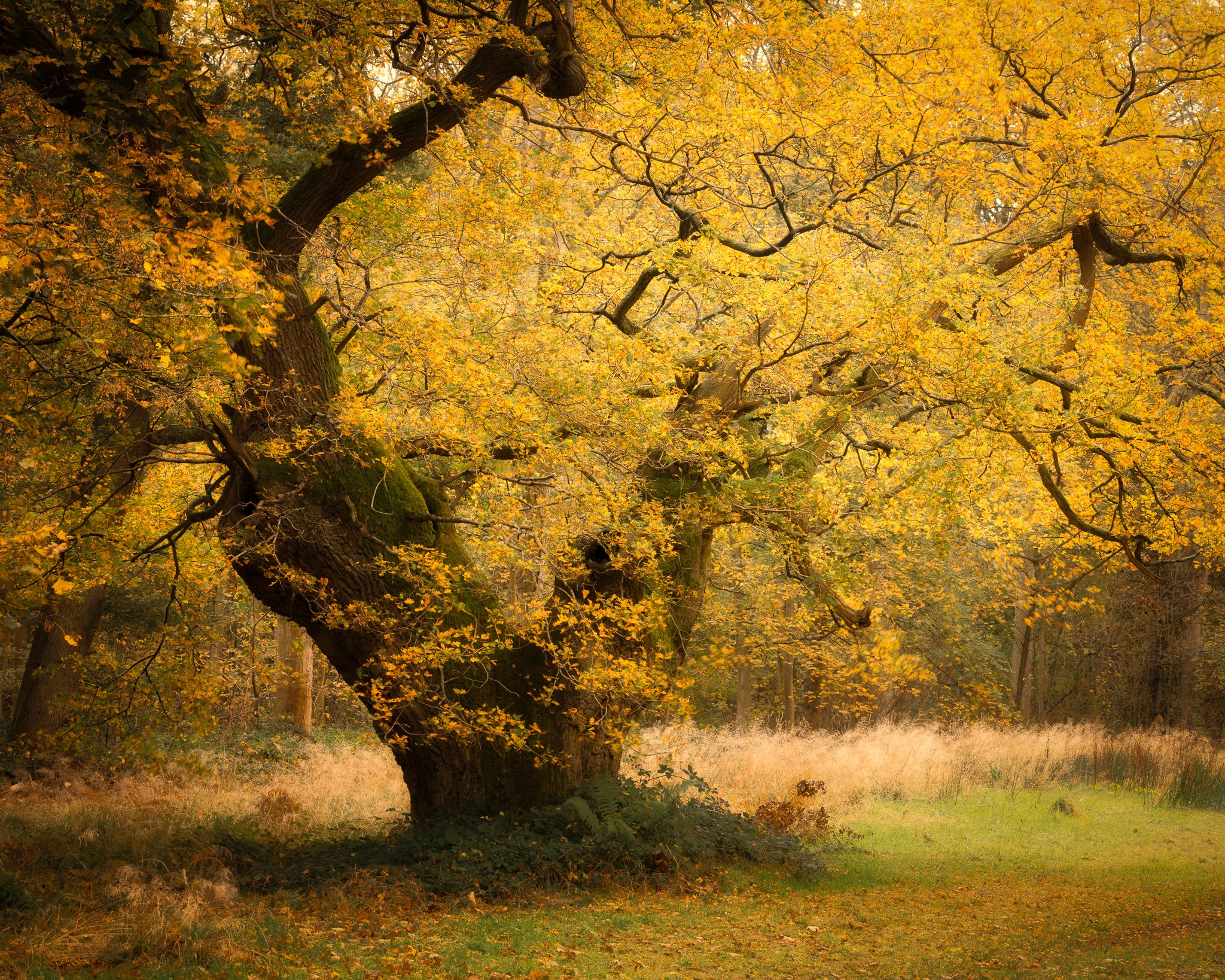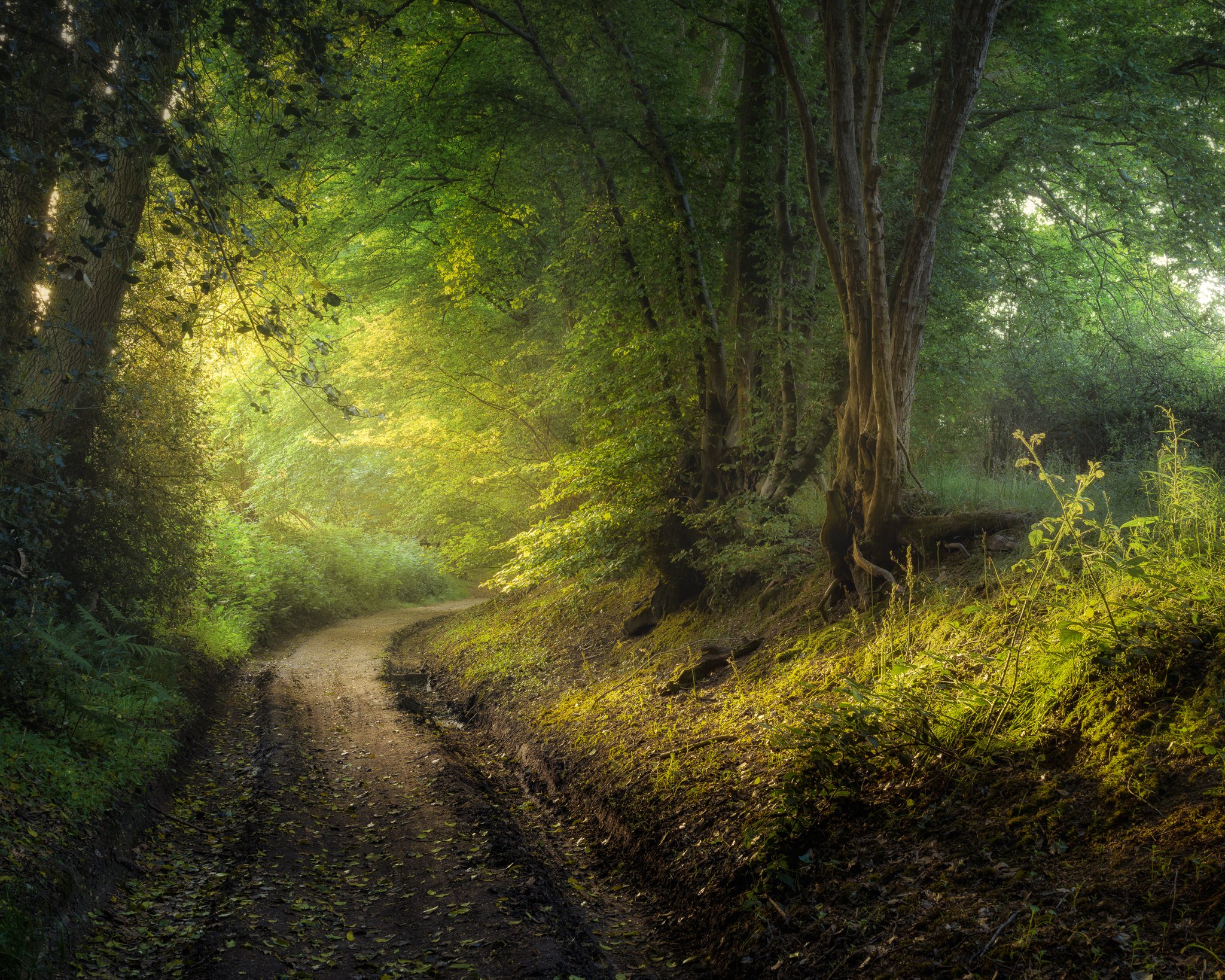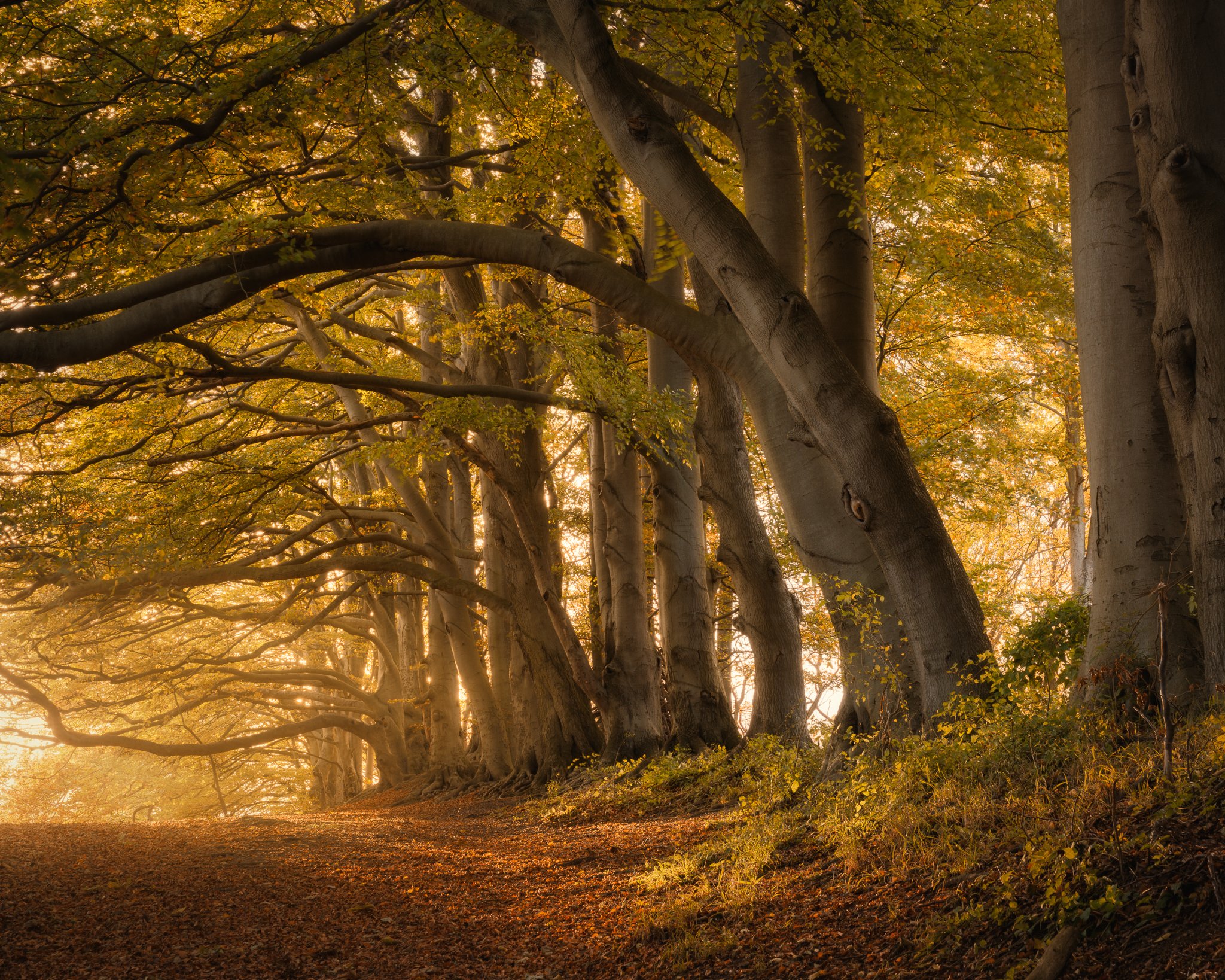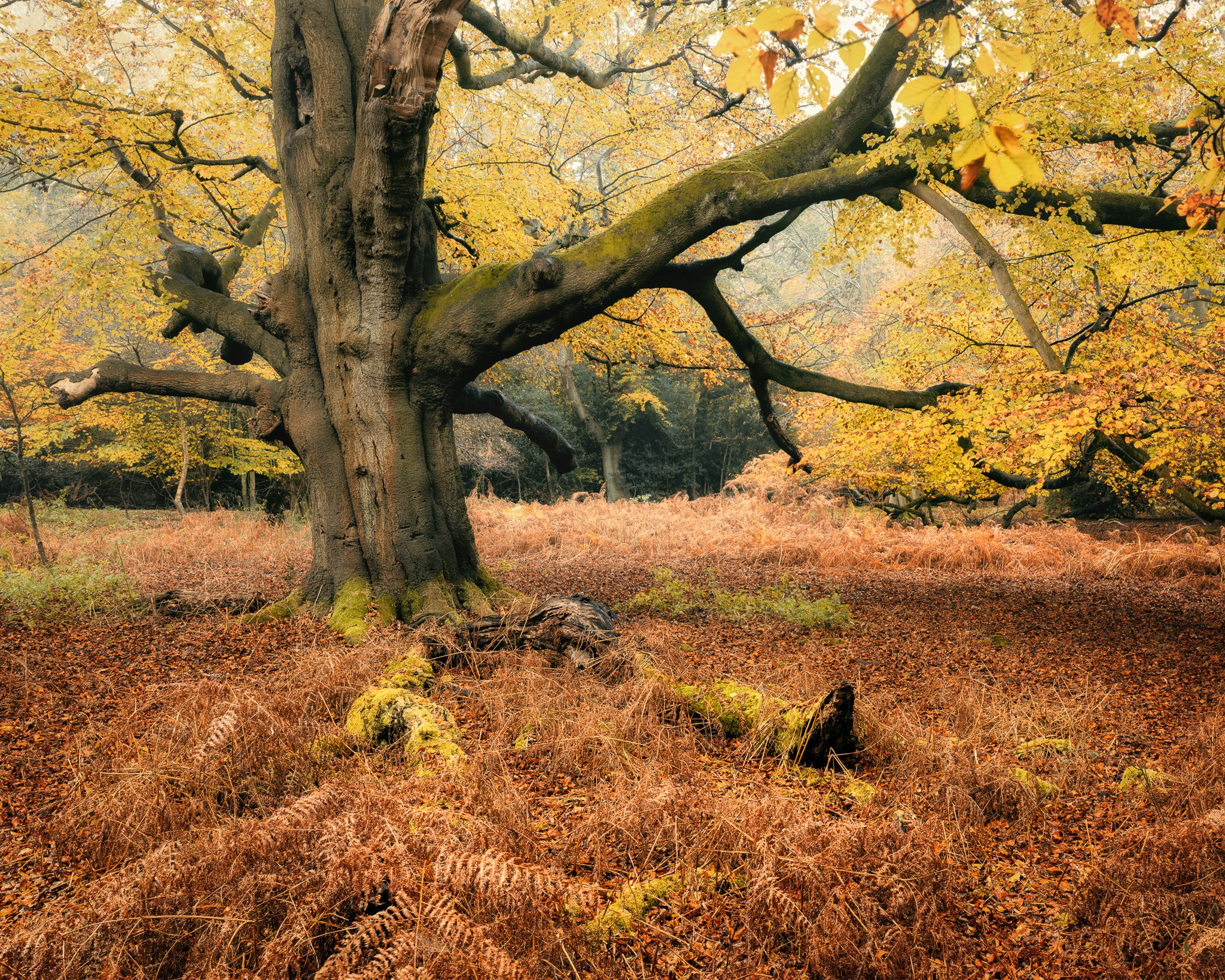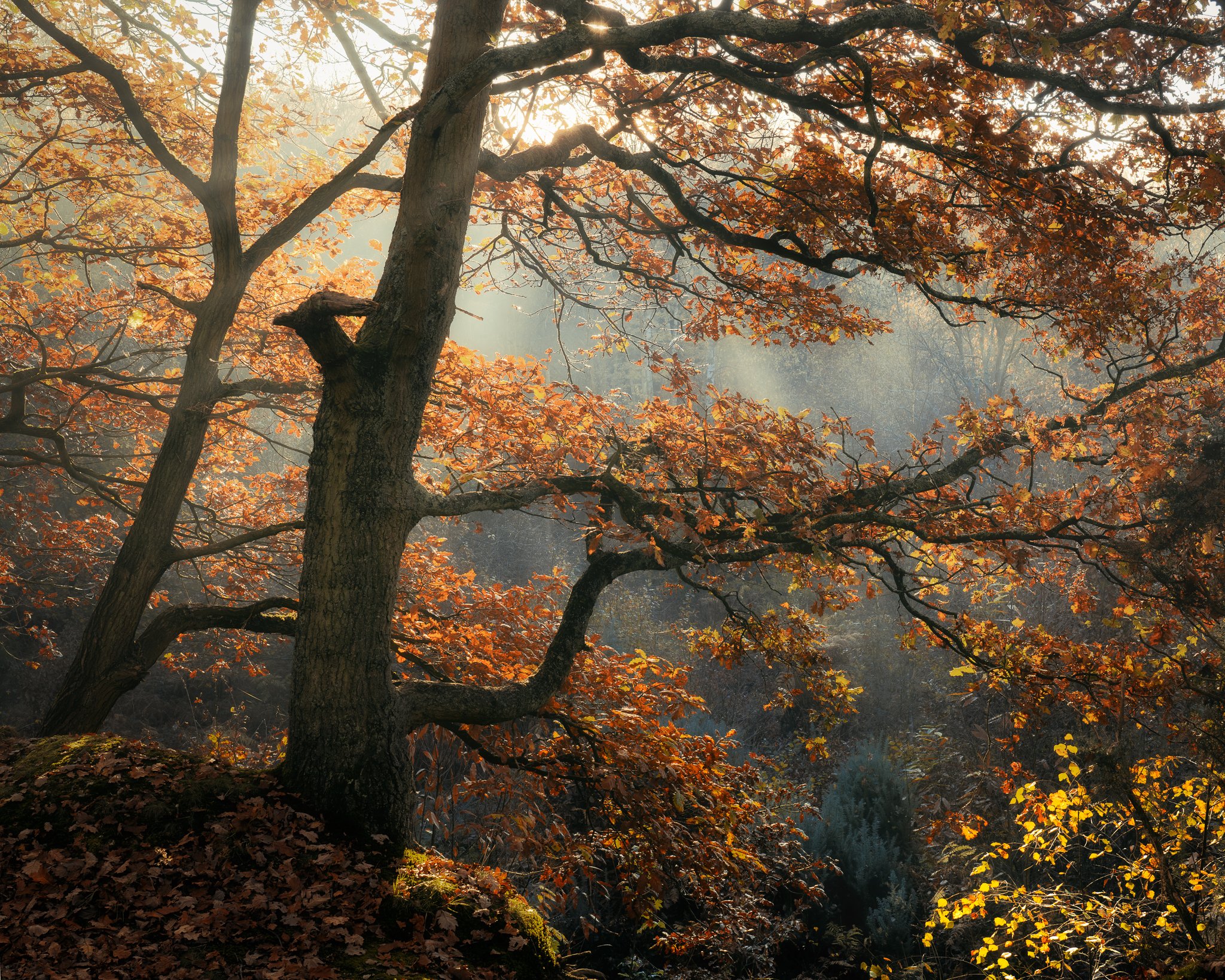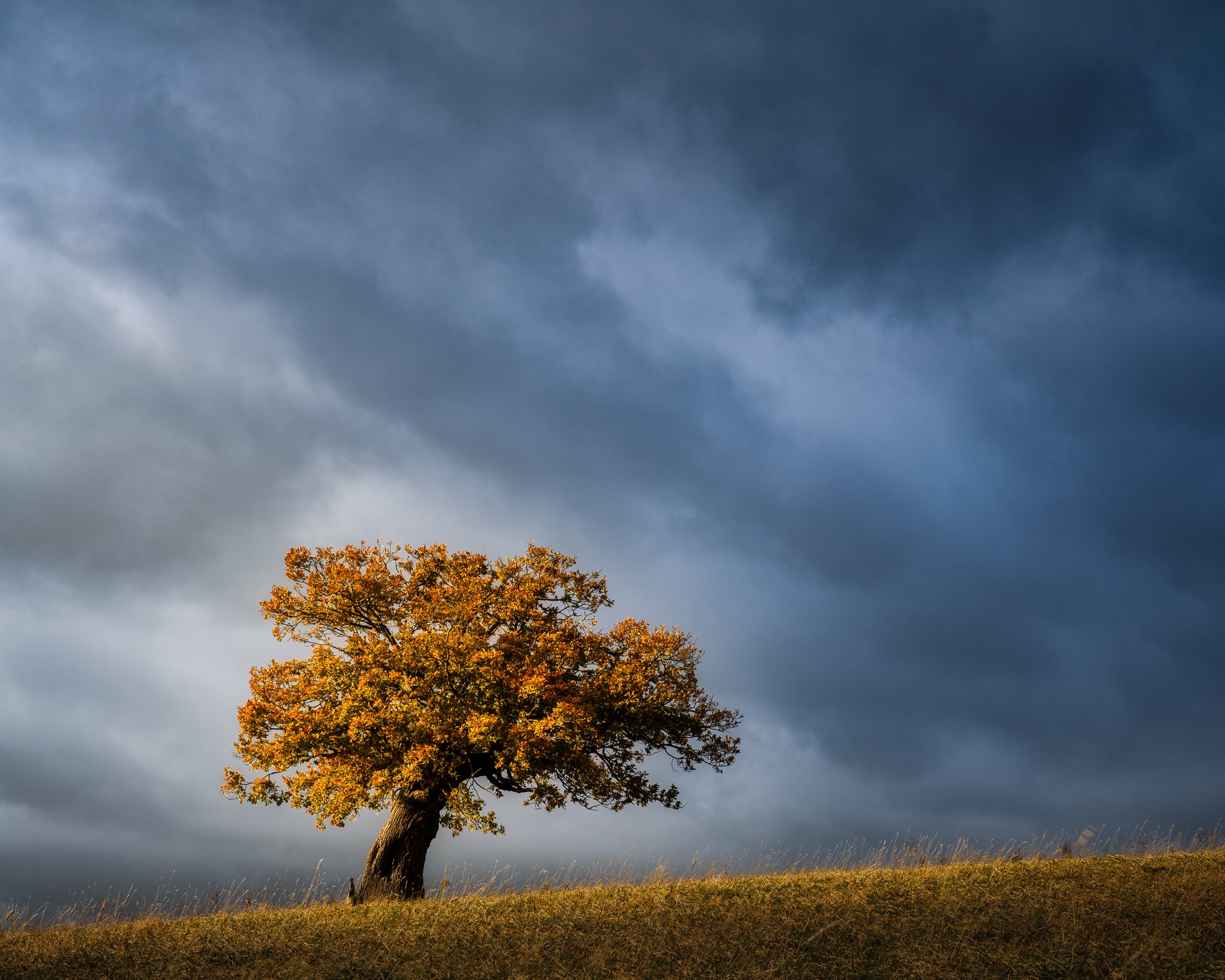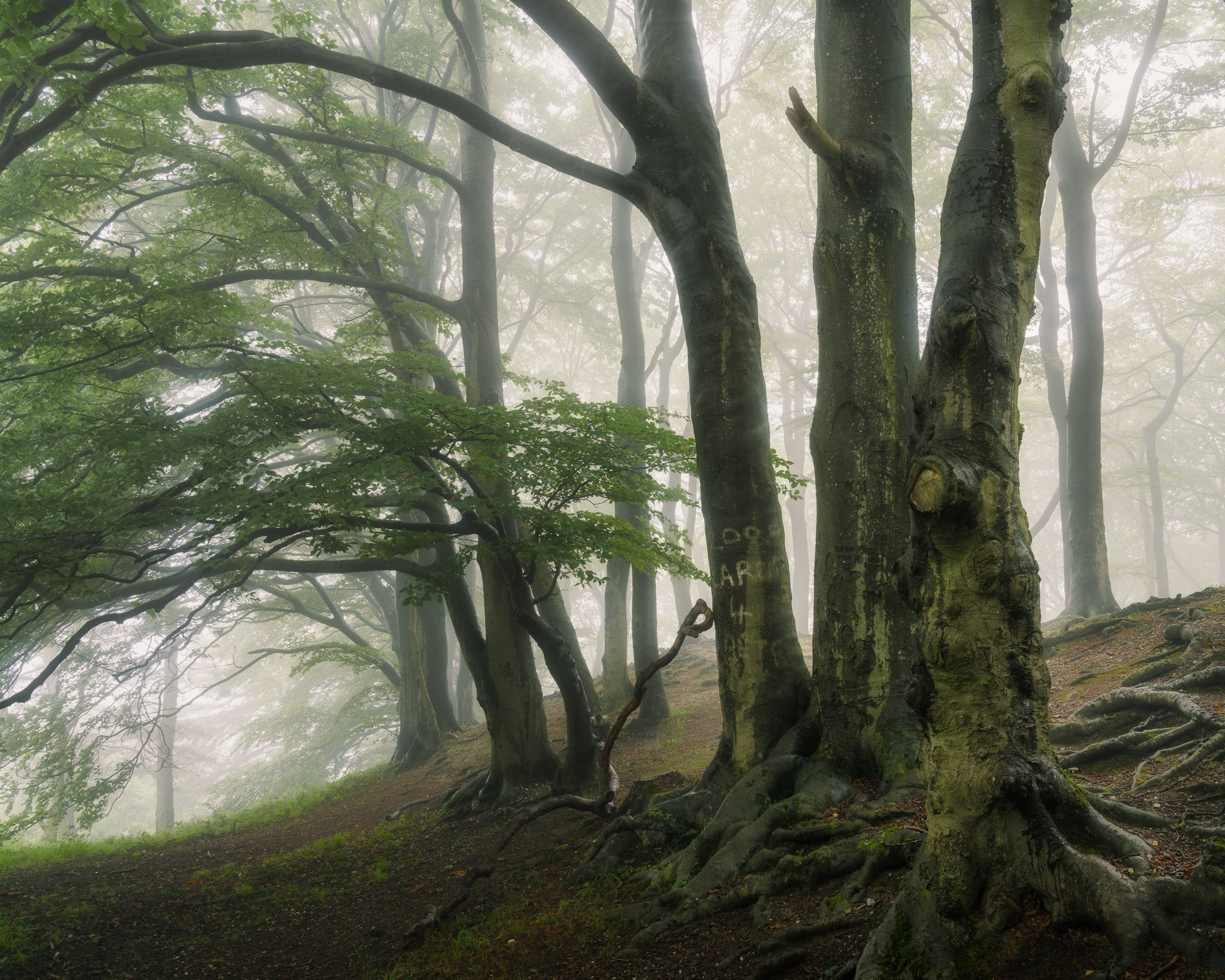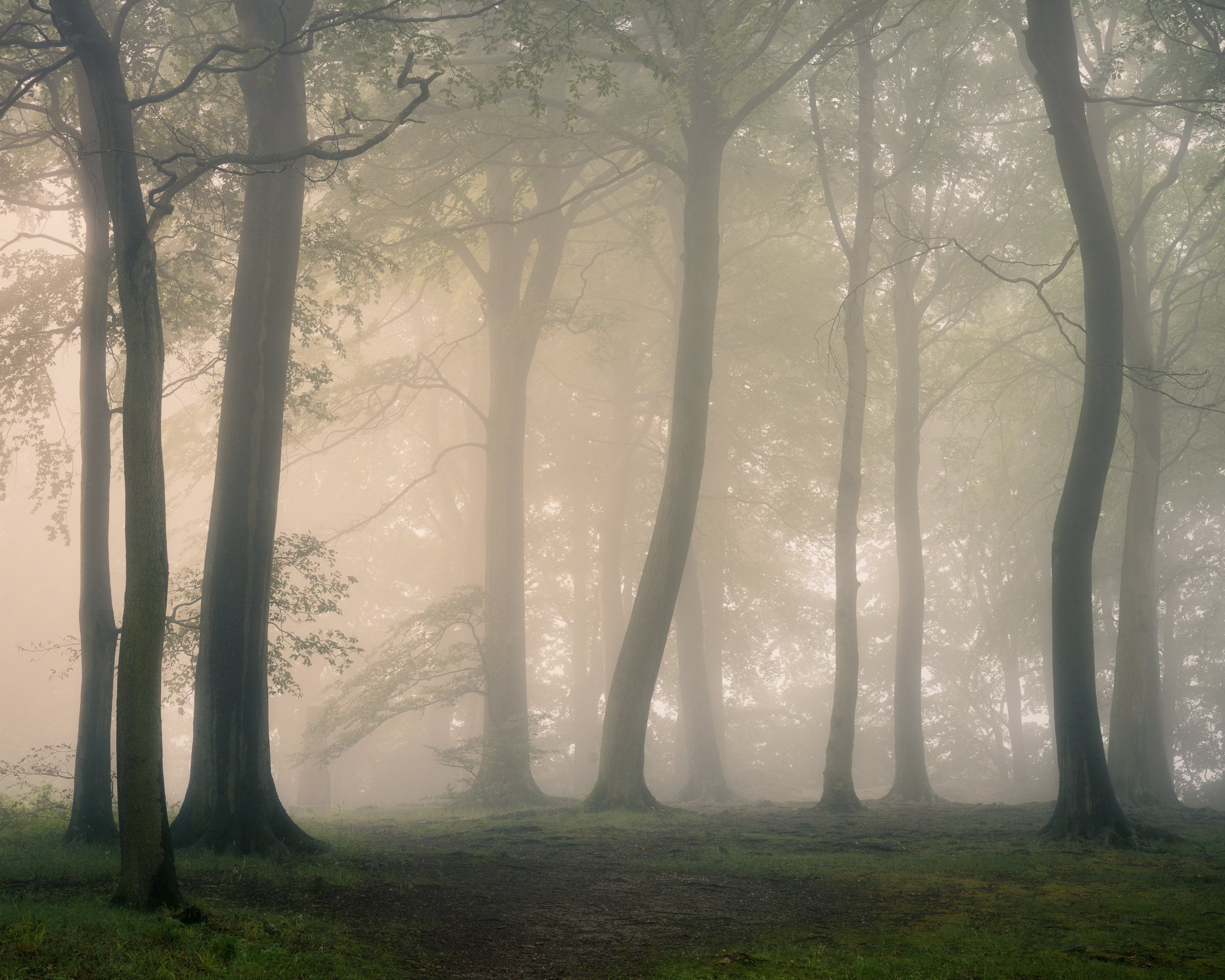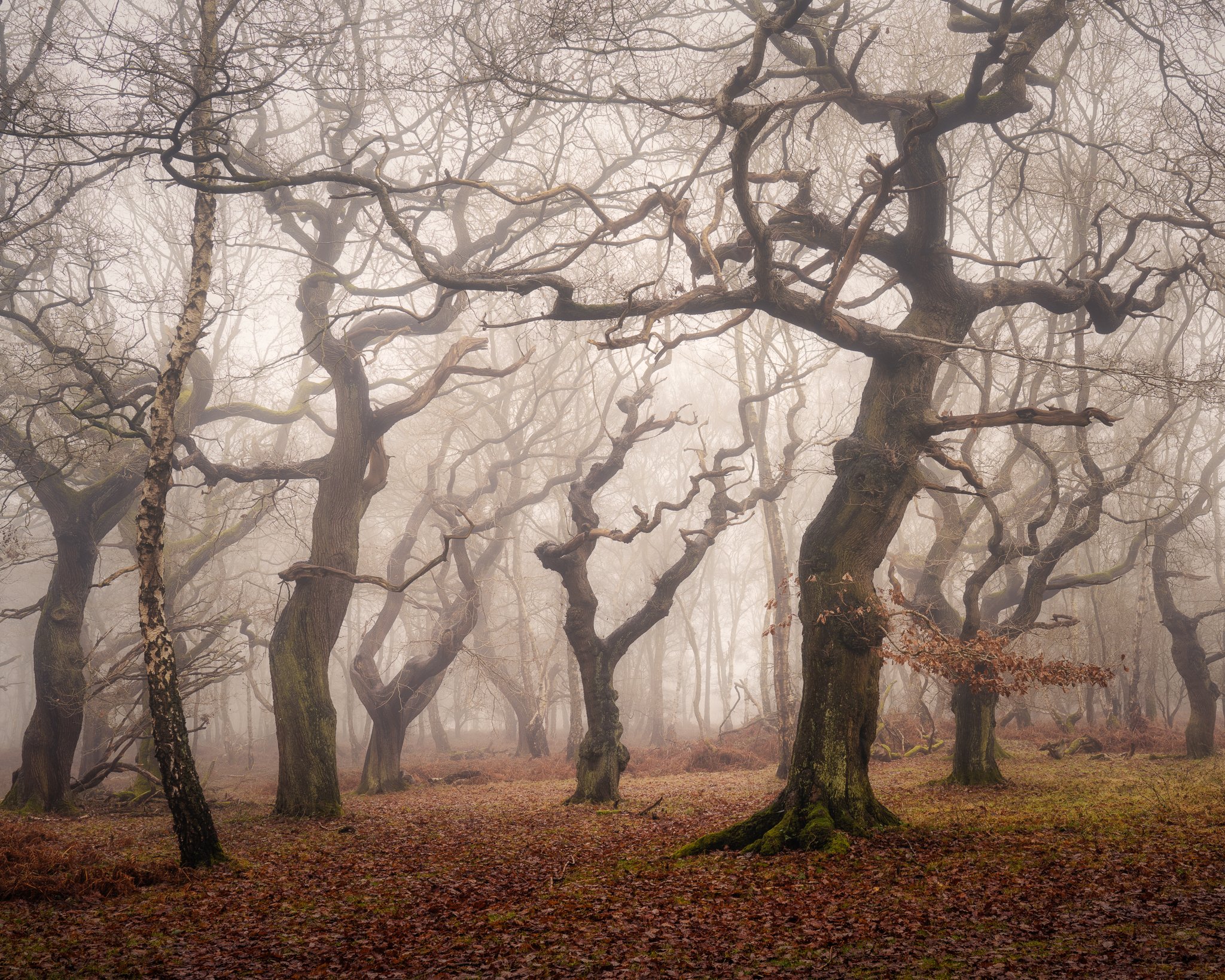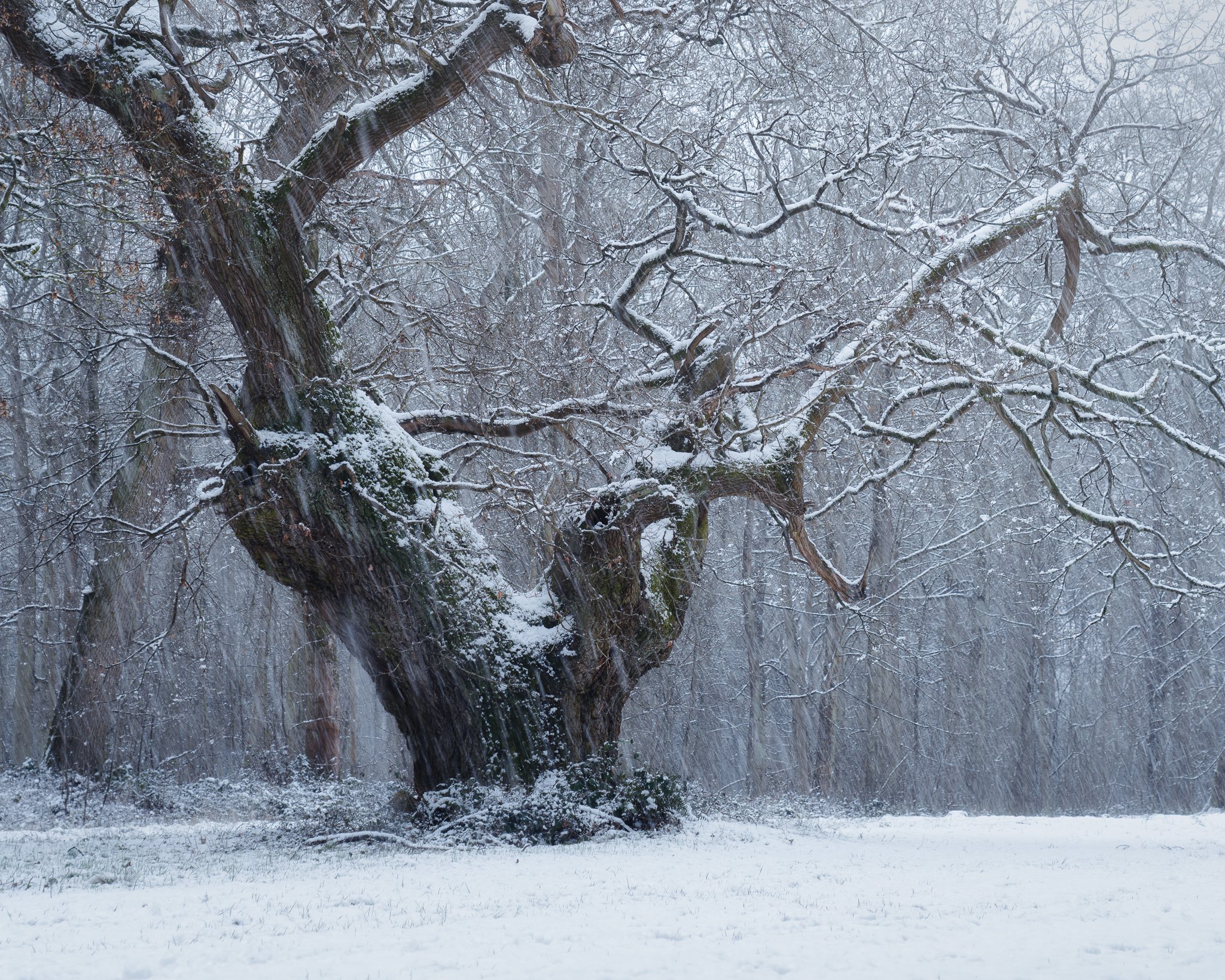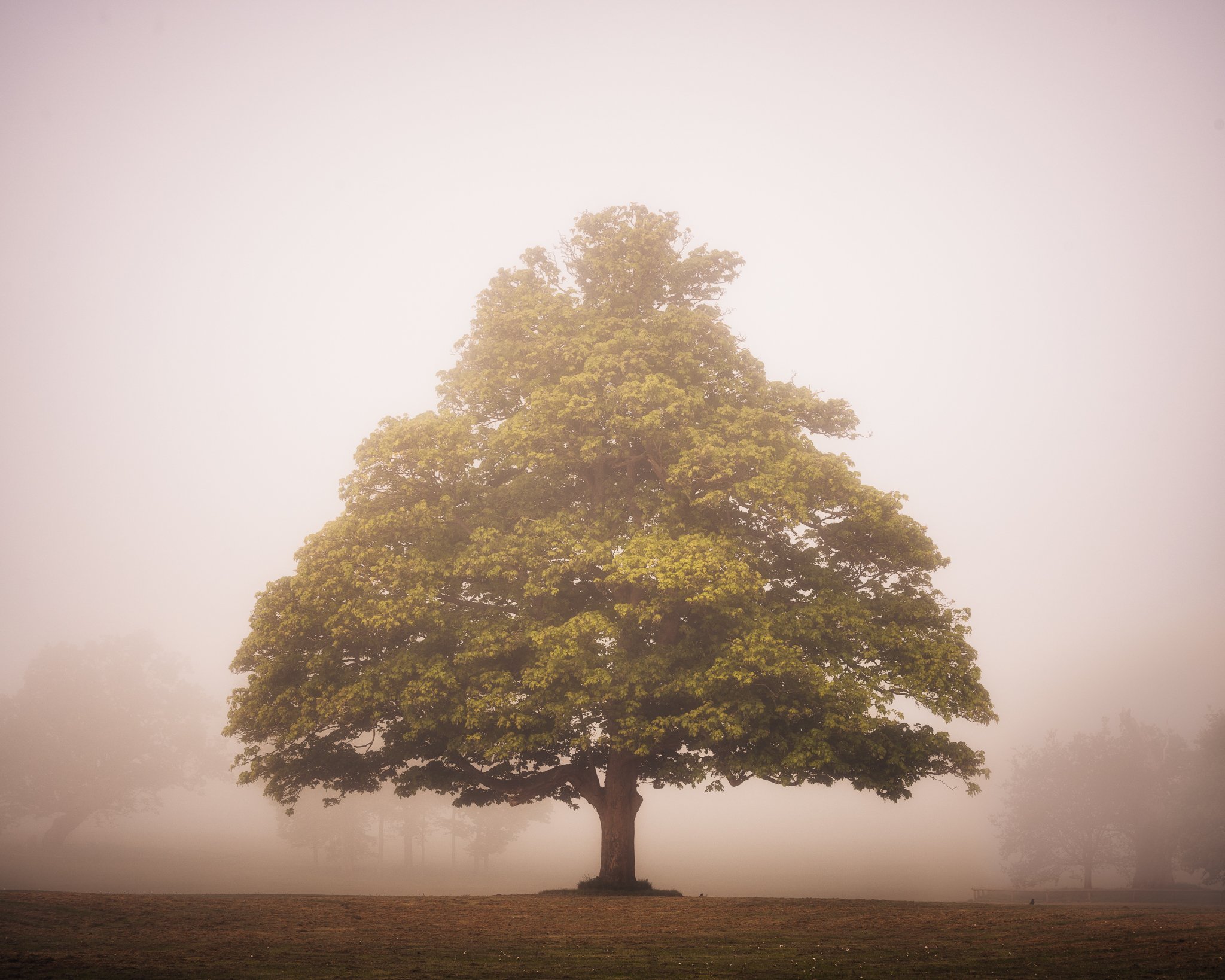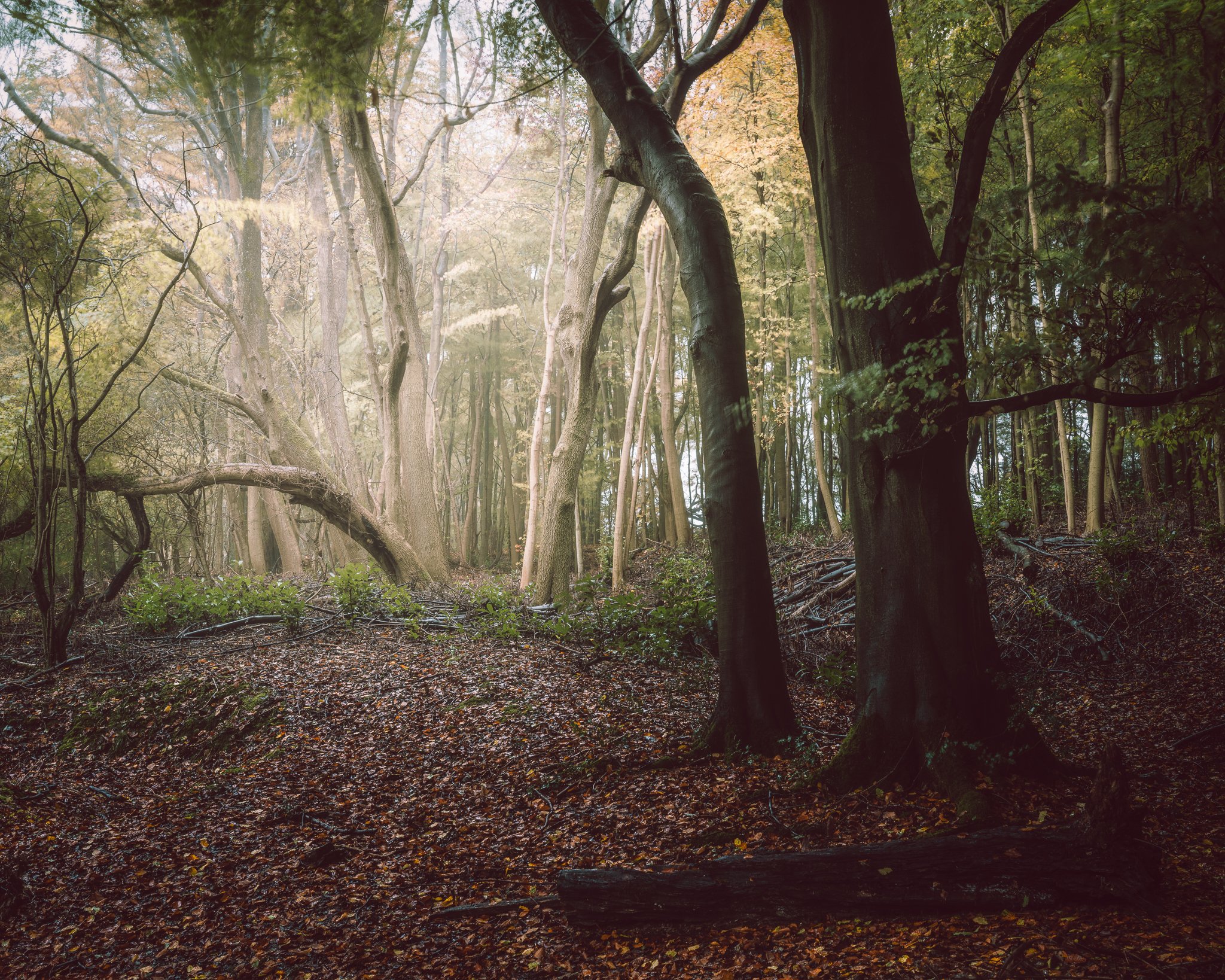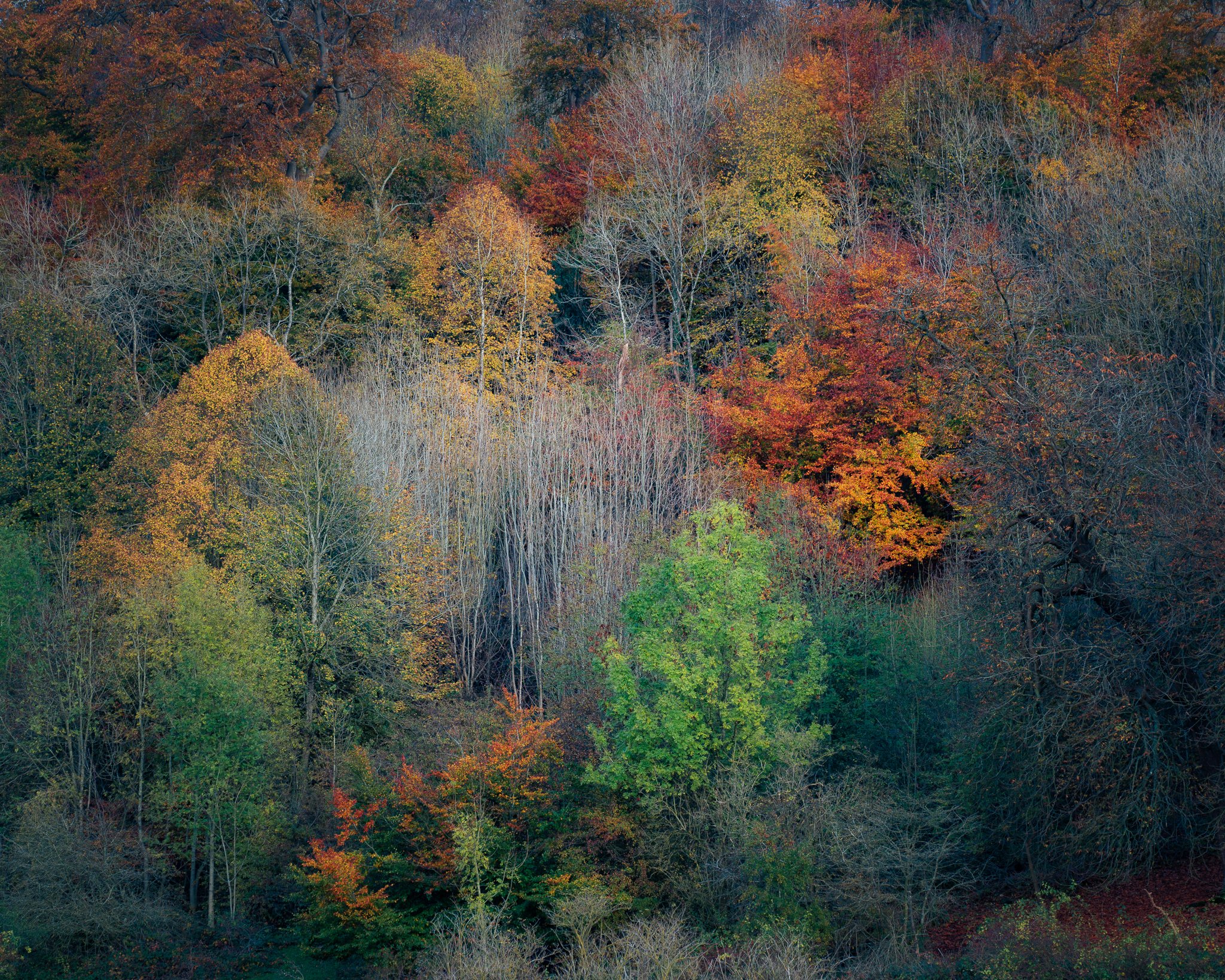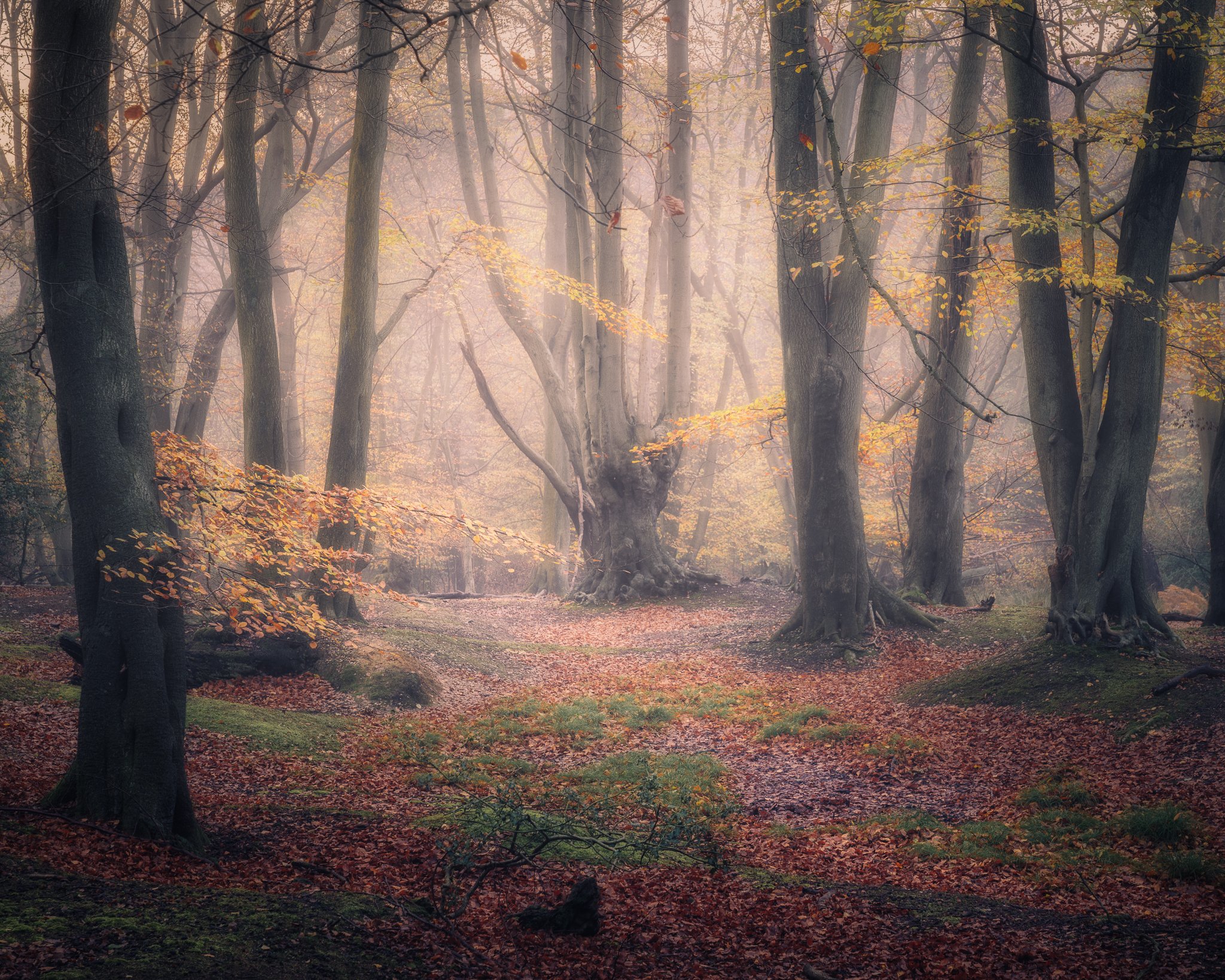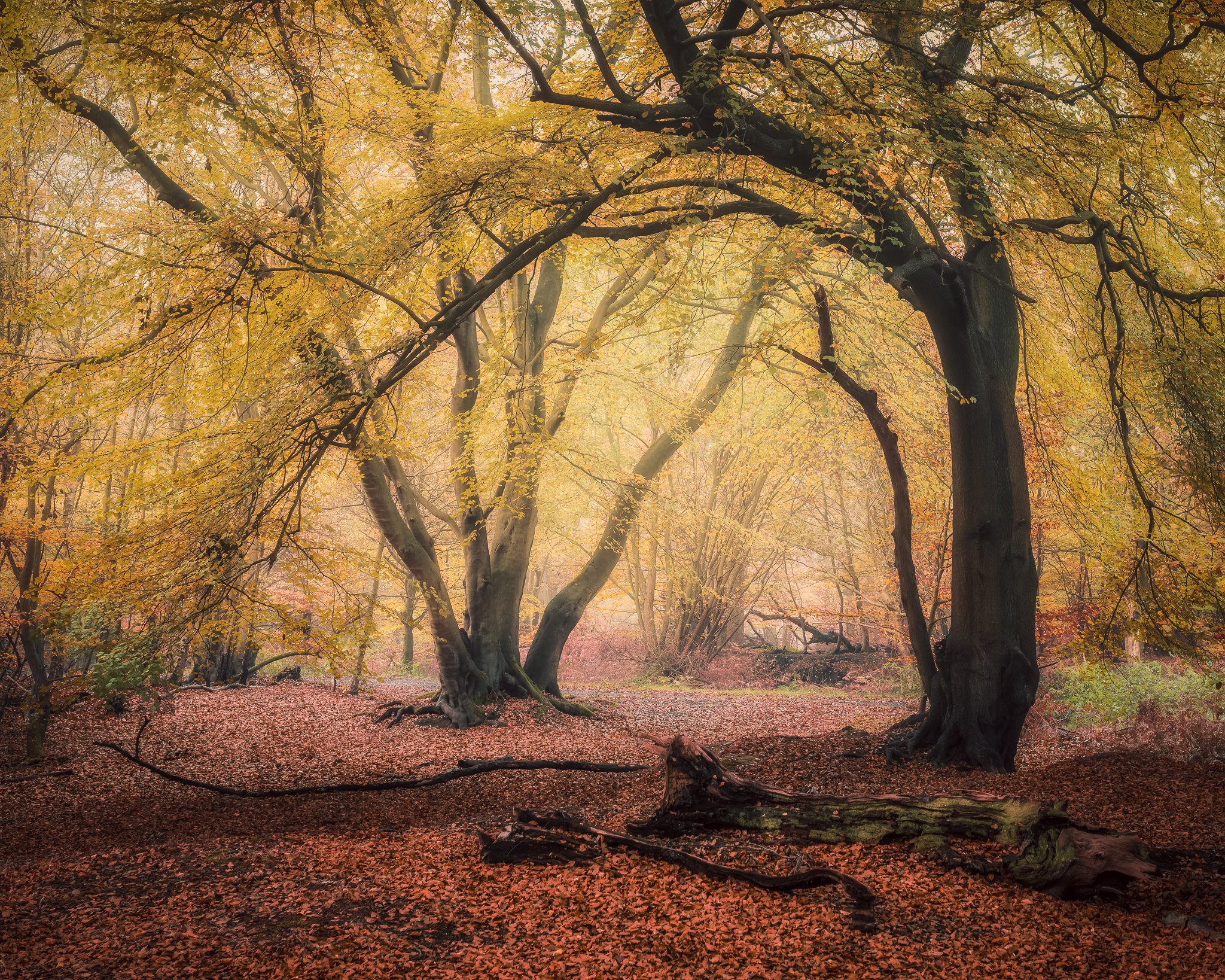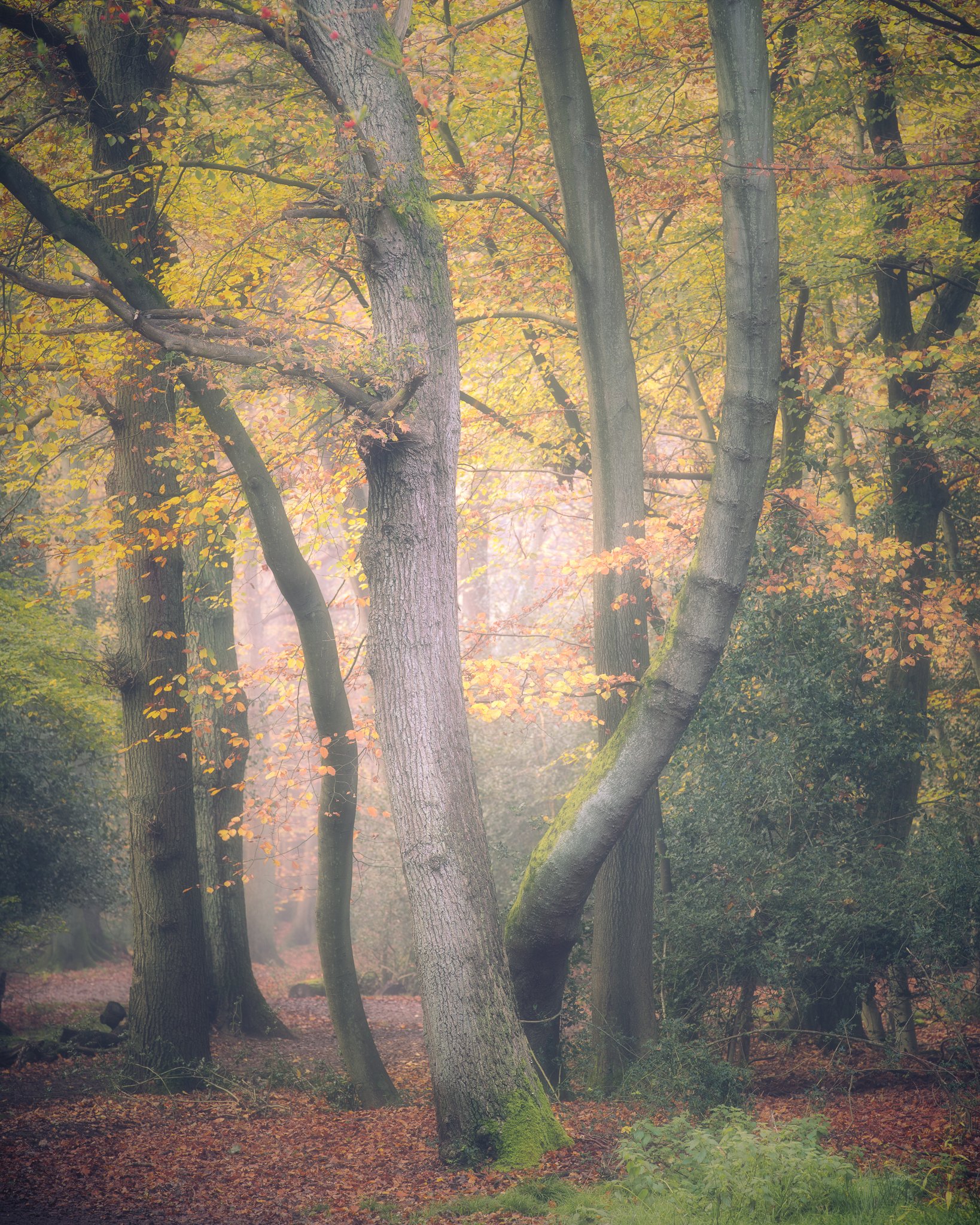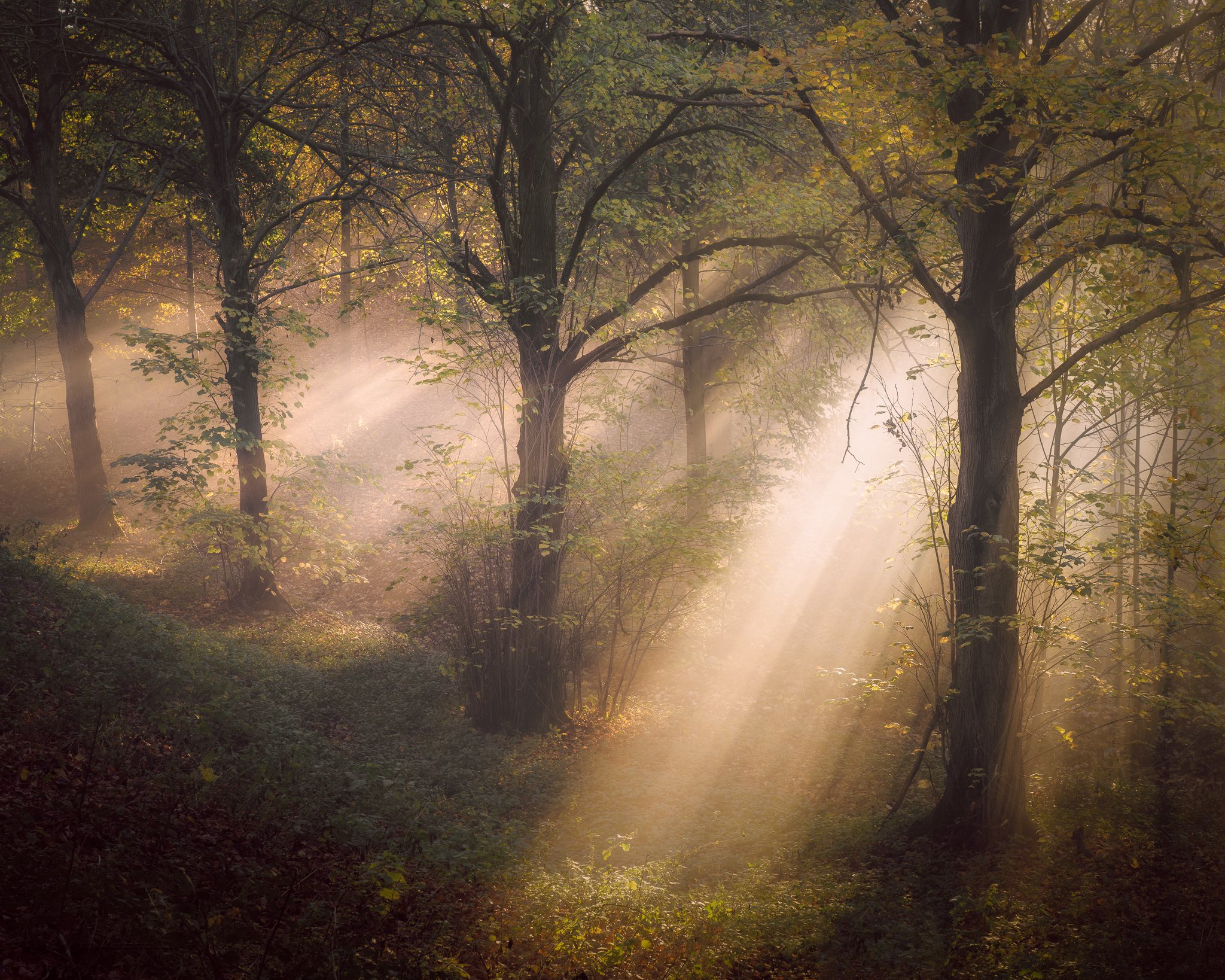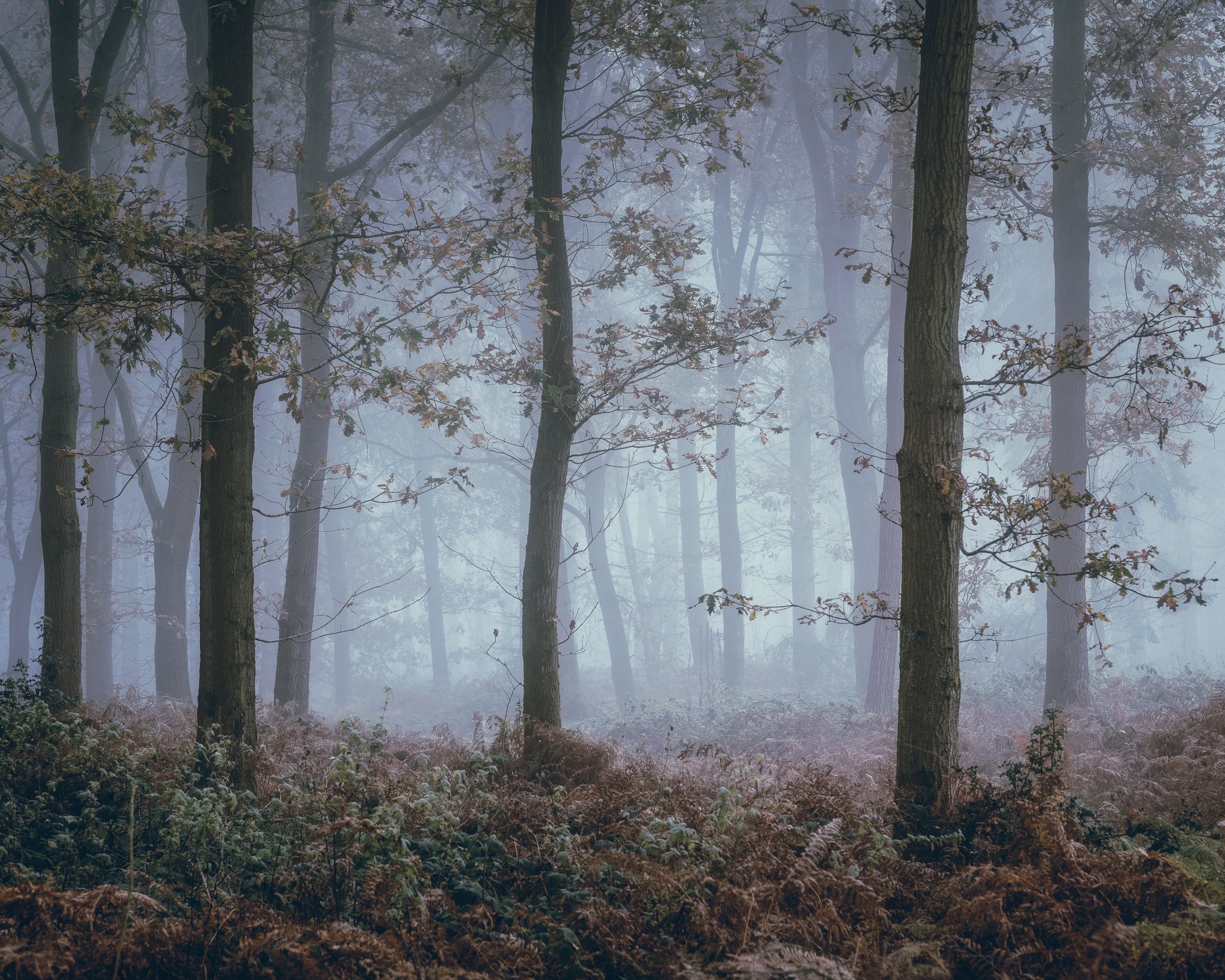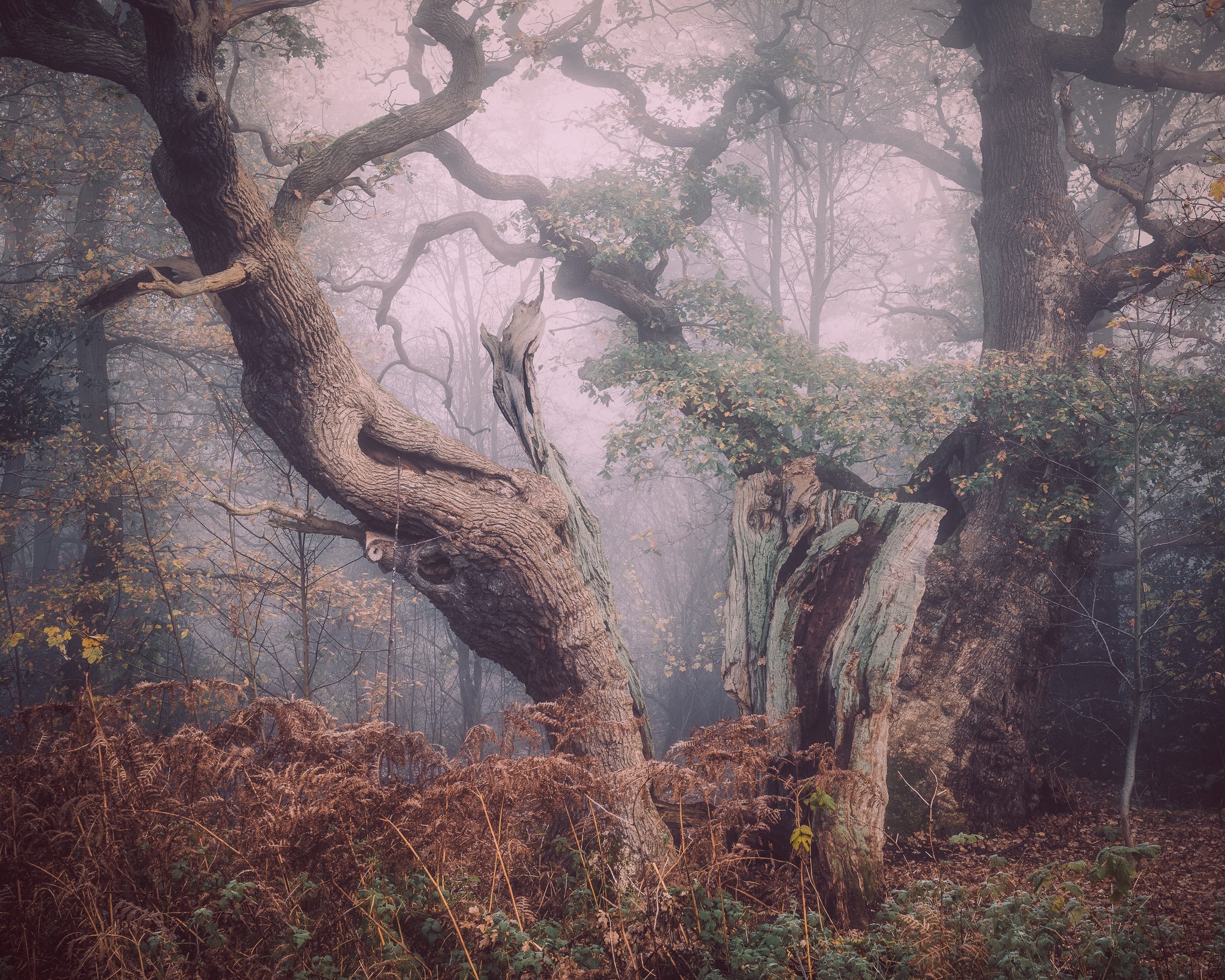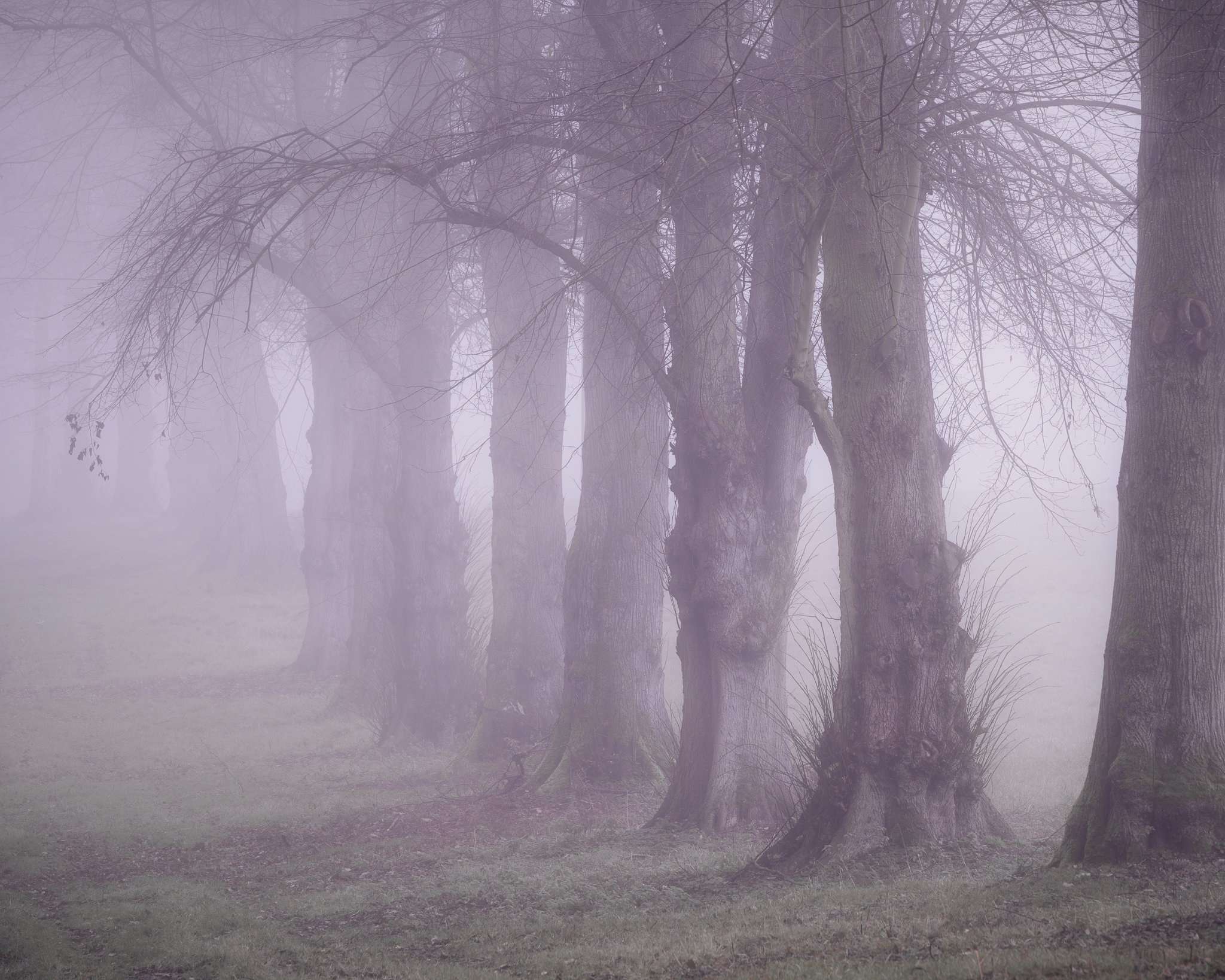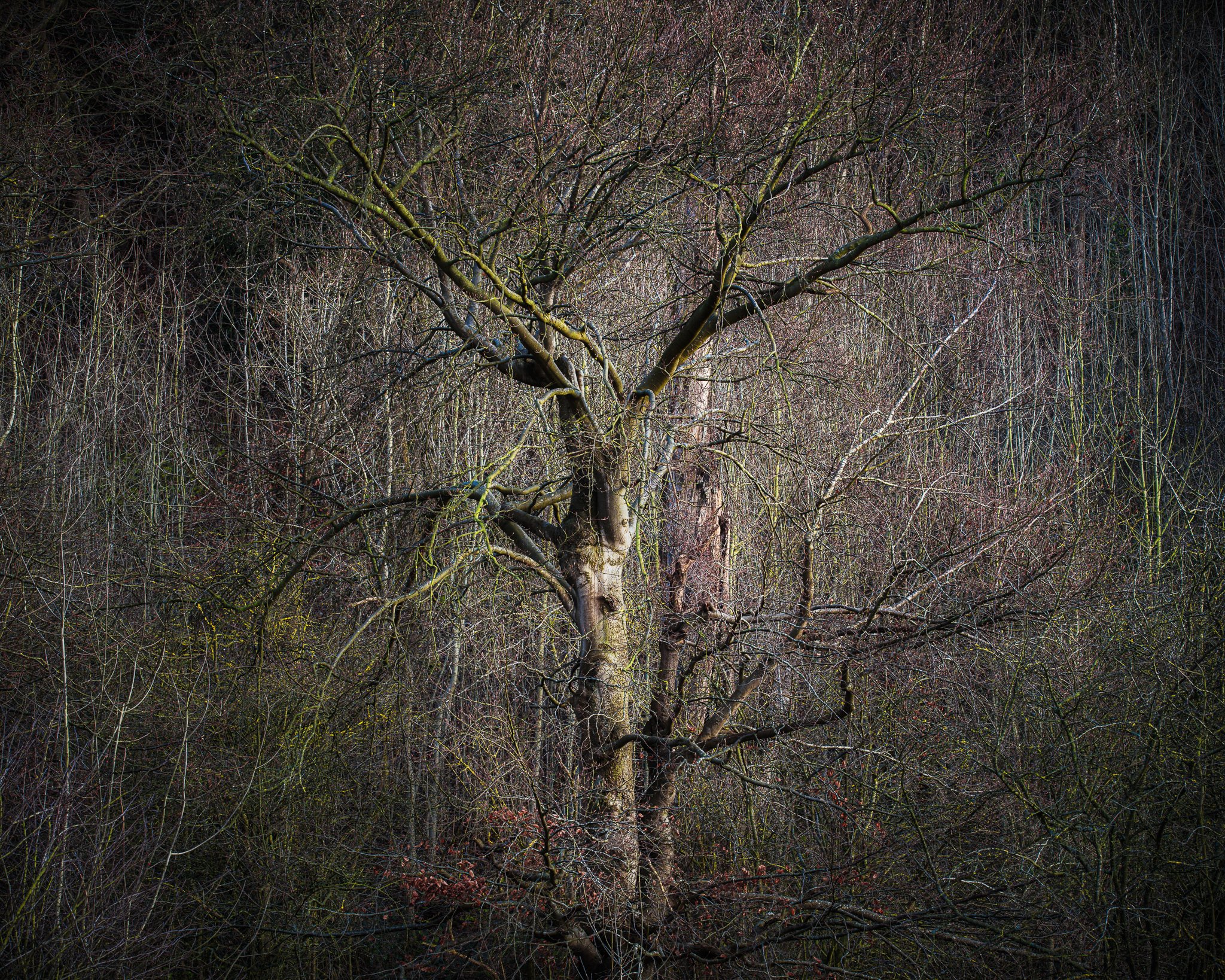Capturing the Beauty of Woodlands: Mastering the Best Camera Settings
Unearth the secrets of capturing breathtaking woodland shots in our latest blog post. We delve deep into the best camera settings for woodland photography, providing practical tips for mastering aperture, shutter speed, ISO, and more. Perfect your skills to capture the magical allure of the woods, irrespective of the time, season, or lighting conditions. Discover the magic of forest photography now!
Are you a photography enthusiast who loves exploring the magical world of woodlands? Or are you a keen photographer who struggles to make time for a dedicated photography trip in an exotic location, and are looking to start a photography project that will help you to grow as a photographer, without venturing far from your local area?
From the dappled sunlight filtering through the leaves to the rich colours of nature, capturing the essence of these enchanting landscapes can be a truly rewarding experience. To make the most of your woodland photography, it's crucial to understand the best camera settings that will help you bring out the beauty of this natural setting. In this article, we will delve into the intricacies of camera settings for woodland photography, allowing you to create stunning images that truly showcase the allure of the forest.
The Art of Aperture
Aperture plays a crucial role in capturing the essence of woodland photography. By controlling the amount of light that enters your camera, you can manipulate the depth of field and create stunning effects. When photographing the intricate details of a woodland scene, it is advisable to use a smaller aperture (higher f-number) such as f/8 or higher. This will ensure that the foreground and background elements are in sharp focus, allowing you to highlight the intricate textures and patterns of the forest.
But don’t be afraid to experiment, either. Find an interesting-looking tree that you can shoot through the foliage of another tree using a large aperture (small f-number) with a prime lens, such as a 35mm, 50mm, or 85mm with an aperture of f/1.8. This will keep your focal point in focus, but produce a wonderful patchwork of washed colours across the scene. This works best in either spring or autumn, when the foliage is at its most vibrant.
A word of caution, though - where possible, avoid shooting at very small apertures (higher than f/16) because you will encounter diffraction. This is where the laws of physics impact the sharpness of your photo - everything will appear extremely soft, with even your focal point not being sharp.
Some characterful beech trees in autumn, shot with an aperture of f/11 to ensure the key elements of the frame are in focus.
ISO: Balancing Light and Noise
ISO determines the camera's sensitivity to light. For woodland photography, a lower ISO setting is generally preferred to maintain image quality and reduce noise. Start with a setting of around ISO 100 or 200 and adjust accordingly based on the available light conditions. Remember, the lower the ISO, the less noise you will have in the final image, ensuring a cleaner and more detailed result.
With relatively modern cameras, I find I can achieve very low noise at settings up to ISO 1600 - and even ISO 3200 in some cases. But, if you use a tripod (which I would recommend), it’s best to stick to lower ISOs for the best image quality and to use as much of your camera’s dynamic range as possible.
Don’t be afraid of high ISOs
This image was captured handheld at ISO 3200. The light was changing fast, so I had to make a choice between making an exposure or rushing to set up my tripod. It prints well at 20x16 inches.
Shutter Speed: Freezing or Blurring Motion
Woodlands are a dynamic environment, with leaves rustling in the wind and wildlife bustling about. To freeze the motion and capture the crisp details of a woodland scene, a faster shutter speed is preferred. But it’s often not possible - by its nature, woodland is usually quite dark, so you will often find that you face a choice between high shutter speeds or a high ISO.
My starting point for most photos is an aperture of f/9 at ISO 100, and even in the middle of the day shutter speeds are usually as slow as 1/30th second, and often longer. On a rainy or gloomy overcast day, my shutter speed might be as long as a second. As I shoot on a sturdy tripod, I usually opt for lower ISOs and a longer shutter speed. On windy days, I will wait for a break in the wind to ensure movement is kept to a minimum in the scene.
On the other hand, if you want to convey a sense of motion or capture the graceful movement of leaves or flowing water, you can take advantage of the slower shutter speeds to can create a beautiful blur effect. I recommend experimenting with different shutter speeds to see how the movement changes the blur effect - faster-moving water will benefit from a faster shutter speed, whereas a very light breeze would benefit from a very long exposure to intensify the blur effect.
White Balance: Preserving Natural Colors
The right white balance setting is crucial in woodland photography to accurately capture the natural colors of the scene. While many modern cameras have an auto white balance mode, it is always best to manually set the white balance to ensure accurate color reproduction.
In most situations, I use either the daylight or cloudy setting, depending on the lighting conditions, to retain the warm tones and vibrant hues that make woodland photography so captivating. When I leave the white balance set to auto on my cameras, the RAW files usually end up looking quite cold, with a subtle blue tinge that I have to adjust when I get back to my computer.
An ancient hornbeam tree shortly after the bud burst with its vibrant yellow-green leaves and catkins.
Composition: Framing the Woodland Magic
Beyond camera settings, mastering composition is key to creating impactful woodland photographs. Consider using the rule of thirds to position your main subject, such as a striking tree or a delicate wildflower, off-center for a more balanced and visually pleasing composition. Experiment with different angles and perspectives to add depth and dimension to your images. Don't be afraid to explore the hidden corners of the woodlands to discover unique and captivating scenes.
In conclusion, mastering the best camera settings for woodland photography is the first step toward capturing the mesmerizing beauty of these natural environments. By understanding and using the appropriate aperture, shutter speed, ISO, and white balance settings, you can create captivating images that showcase the intricate details, rich colours, and magical ambience of woodlands. Remember, while camera settings provide a solid foundation, it is your artistic eye and creative composition that will truly bring the woodland magic to life in your photographs. So, grab your camera, venture into the woods, and let your creativity flourish!
How To Find Hidden Natural Treasures Near You
Embark on a journey of enchantment as we unveil the secrets of ancient woodlands near you. Immerse yourself in the beauty of these age-old forests, rich in history, diverse wildlife, and untold stories. Uncover the hidden gems waiting to be explored just a stone's throw away from your doorstep.
Picture this: you're surrounded by towering trees, their gnarled branches reaching out towards the sky. The air is thick with the scent of damp earth and the sweet melody of birdsong. You find yourself in an ancient woodland, a place frozen in time, brimming with history and natural wonders. But how can you uncover these hidden gems near you? In this guide, we'll show you how to find ancient woodland near you and embark on a journey of discovery.
Unveiling the Mysteries of Ancient Woodland
Unearth the Past: Understanding Ancient Woodland
Before we embark on our quest to find ancient woodland, let's first understand what it is. Ancient woodland refers to areas that have been continuously wooded since at least 1600 AD in the UK, or since 1750 AD in Scotland, where it took a little longer for the maps to become reliable enough. These woodlands are like living time capsules, preserving unique and irreplaceable ecosystems, rare species, and remnants of our cultural heritage - they are precious gems in the British countryside, but their existence is becoming increasingly scarce.
In the UK, ancient woodland covers a mere 2.5% of the land, making it a truly precious and fragile ecosystem. Unfortunately, ancient woodland is under constant threat, mainly due to urbanization, agriculture, and infrastructure development. As the population grows and demand for land increases, these invaluable habitats face encroachments that disrupt their delicate balance. Without concerted conservation efforts and a collective understanding of their utmost importance, ancient woodlands may become lost forever, robbing future generations of a profound connection to our natural heritage.
Delve into Local Knowledge: Research and Exploration
The first step in your search for ancient woodland near you is to do some research. Start by looking into local nature reserves, national parks, or areas of woodland owned by environmental organisations such as The Woodland Trust, National Trust, and Wildlife Trusts in your area. These organisations often have valuable information about the ancient woodlands in your vicinity, and often provide detailed information about the site before your first visit. In addition, you should consult local maps, guidebooks, or online resources that highlight significant natural sites.
A hollowing ancient beech tree that has shed some of its canopy in the latter stages of its life in a large ancient woodland near to North London.
Connect with Nature: Join Local Conservation Groups
One fantastic way to find ancient woodland near you is by connecting with local conservation groups. These passionate individuals have a wealth of knowledge about the natural wonders in your area. Joining these groups not only enables you to learn from experts but also provides opportunities to participate in guided walks and explorations. By immersing yourself in these communities, you'll gain invaluable insights and discover hidden woodland treasures.
The Art of Observation: Identifying Ancient Woodland Features
Ancient woodlands possess unique characteristics that set them apart from other wooded areas. Keep an eye out for indicators like ancient trees with hollow trunks, carpets of vibrant woodland flowers in Spring, and the presence of ancient woodland indicator species such as bluebells, wood anemone, or wild garlic. Additionally, look for signs of historical human activity, such as ancient boundary banks, ditches, or remnants of old buildings. These features can guide you toward identifying ancient woodland near you.
Some ancient woodland indicator species, such as wild garlic, bluebells and wood anemone carpet the floors of British woodland in spring.
Seek the Secrets: Exploring Public Access Woodlands
Public access woodlands are a treasure trove for nature enthusiasts, and they often encompass ancient woodland areas. National parks, nature reserves, and forest parks are excellent places to start your search. Utilize official websites, visitor centers, or park rangers to gather information about any ancient woodland trails or designated areas. These resources will guide you toward the heart of these natural wonders.
Characterful trees and exposed root systems in an ancient woodland in the Chiltern Hills
Local Legends and Folklore: Tapping into Oral Histories
Sometimes the best way to find ancient woodland near you is by tapping into local legends and folklore. Stories passed down through generations can provide valuable clues about hidden woodlands and their significance in local culture. Engage with locals, visit nearby historical sites or museums, and dive into the rich tapestry of local stories. You might just stumble upon a tale that leads you to an ancient woodland waiting to be discovered.
Preserving Our Natural Heritage: Responsible Woodland Exploration
As you embark on your quest to find ancient woodland near you, remember to tread lightly and respect the natural environment. Stick to designated paths and trails, avoid trampling delicate flora, and refrain from disturbing wildlife habitats. By practicing responsible woodland exploration, you contribute to the preservation of these precious ecosystems for future generations to enjoy.
Embrace the Ancient Woodland Adventure
Unraveling the mysteries of ancient woodland is a thrilling and rewarding experience. By immersing yourself in nature, connecting with local communities, and embracing the art of exploration, you'll uncover hidden natural treasures near you. So, lace up your walking shoes, grab your binoculars, and embark on an adventure that will transport you back in time and leave you in awe of the wonders that lie just beyond your doorstep. Happy exploring!
Some veteran oak coppice trees catching the evening light in an ancient woodland in Hertfordshire
Best Photos of 2022
A round-up of my favourite images from 2022, with photos from Epping Forest, Hertfordshire, Dorset and the Peak District.
As we approach the end of 2022, it’s that time to look back on the previous year’s work to see which images stand out.
Below are a selection of my favourite images from the year, with a slight bias to some of my more recent work as the conditions have been so rare and wonderful. As with most years, the majority of my work has been shot locally, within about 30 minutes of home.
I have spent a lot of time exploring Epping Forest this year, and hope to continue my exploration of this vast and remarkable ancient woodland over the coming years. I still feel like I am barely scratching the surface.
Without further adieu, my favourite photographs of the year.
All it leaves me to say is to wish anyone who has interacted with my work throughout 2022 a very happy new year. I hope 2023 is filled with good fortune and amazing light for you.
Best Photos of 2021
This is a round-up of my favourite images from 2021, with images from Hertfordshire, Essex, Bedfordshire and Staffordshire.
2021 was an interesting year creatively after spending a lot of time working to improve my post-production skills.
As with most years, most of my favourite images have been shot locally - typically, within about 30 minutes drive from home.
One of my favourite locations this year was Sharpenhoe Clappers, on the edge of Hertfordshire and Bedfordshire on a wooded outcrop and former hill fort in the Chiltern Hills. There are also a couple of locations I’ve started developing work in that are new finds this year - you’ll hear more about them in due course.
Without further adieu, my favourite photographs for 2021.
I wish everyone a very happy new year and an amazing 2022!
Best Photos of 2020
2020 was a strange year in more ways than one, but limitations often provide us with opportunities for creative growth. Here are my favourite images of the year.
So, 2020. What a strange year in so many ways. But at the same time I feel it has been an opportunity for creative growth.
My local woodland, Hatfield Park, is one that I had almost completely disregarded. So to be forced by the various lockdowns to stay local, I had no choice but to embrace the location - and embrace it, I did!
There are also images from Broxbourne Woods, Tring Park, Epping Forest and Hainault Forest. Overall, I’m pretty pleased with this set of images - they represent a challenging year with some pretty amazing conditions.
Here is hoping that 2021 is a more normal year than 2020 has proved to be. I wish you and your family all the very best for the coming year.
Changes to Limited Edition Print Pricing
In the last 6 months, I have been doing a lot of reflection. The end of 2018 was an incredibly difficult period, with a mix of climate anxiety and some deep-rooted depression that just wouldn’t go away.
In the last six months, I have been doing a lot of reflection.
After what was a very difficult period for me at the end of 2018, I came to the realisation that I feel the need to do more to help the environment. The climate crisis is more serious than I think any of us truly understand; watching David Attenborough's Netflix series Our Planet was an eye-opener.
The harrowing scenes of the Walrus, the Orangutans and the baby Pelicans were so sad. We have done so much damage to our home, and it's the wildlife which is at the forefront, experiencing the consequences of our actions.
Until the turn of the year, I had been splitting my time between my budding photography business and the consulting work I had been doing since 2017. The reality is that I had not been enjoying the consulting work, and had become disenfranchised with the direction the tech industry was taking - and I believe it was part of the reason why my mental health took a turn for the worse.
However, during an early morning walk on Cannock Chase in April, I decided that I wanted to give up some of my working week to the Woodland Trust. I had recently become aware of the dire situation our forests are in - we are the third least-wooded country in Europe, and only four per cent of our land is covered by native broadleaf woodland. These forests are essential for supporting our native wildlife habitats.
First Light, Cannock Chase, Staffordshire - April 2019
I now give my weekends to working with the Woodland Trust in its fundraising team, to make people aware of the problems the UK's forests and wildlife face, to evangelise the work that the Trust is doing to change this, and to raise funds to support the Trust's work.
As the majority of my outdoor photography is done in British woodland, it makes sense to make additional donations to the Trust on the back of sales of my limited edition prints, on-location woodland photography workshops and post-processing tutorials.
Falling Through The Arch, Heartwood Forest, Hertfordshire
To give you an idea where your donations will go, 81 pence of every pound goes directly into supporting the cause (protecting, restoring and planting trees). For every £2.50 donated, the Trust can plant one tree on your behalf.
If you choose to purchase one of my limited edition prints, you must share my passion for woodland, so it seems like an opportunity to support a great cause that I'm already donating much of my time to outside of my photography business.
If, however, you decide that you would not like to make a donation, I understand. At the end of the day, it's a voluntary donation, but I do hope that you take the time to read a bit about the work that the Woodland Trust does, though, because it's now more important than ever.
Reflections On 2018: Using Nature's Chaos To Improve My Mental Wellbeing
Reconnecting with nature works wonders for our mental well-being. As I reflect on a difficult 2018, I see reason for optimism in 2019. In this post, I share why.
While reflecting on 2018, it's fair to say it was a struggle. It was more of a struggle than I felt comfortable admitting even to those closest to me.
However, towards the end of the year, I began to realise why.
After finishing a consulting contract in October, I re-immersed myself into nature. Something I'd neglected during the course of the contract.
While Hertfordshire isn't graced with dramatic views, large rock faces and deep valleys - the standard medicine for a landscape photographer - it makes up for with vast, sprawling ancient forests.
My favourite of these is Ashridge Forest.
It's on the edge of the Hertfordshire-Buckinghamshire border (if you don't know it, I highly recommend visiting in spring for the incredible bluebell displays). I also enjoy strolling around Heartwood, Broxbourne and Hatfield Park and several other smaller forests.
Autumn Afterglow, Ashridge Forest, Hertfordshire - November, 2019
Searching For Optimism; Discovering Self-Awareness
Despite struggling to find a reason for optimism at key points in the year I am determined to draw the positives from a period that has, at times, been very dark. It's hard to explain why, but I'm sure these feelings have built up over a period of years.
I’m now more aware of my mental well-being than ever and while I don’t have all the tools to prevent my issues from consuming me, I have found some peace in the local forests.
The act of going for a walk in the forest most days helps me greatly.It is like brain nectar. On some occasions, I go out with the intention of exposing film when the conditions suit, but often I go out to just appreciate my surroundings and connect with the essence of life itself.
This is the start of my process for making woodland photographs.
In order to make woodland photographs, the needs to mean something to me. I have to connect with it. It must inspire me. I often do this just by going for a stroll, but in the summer I will take my laptop (or a book) with me and get some work done while sitting under a tree.
Going into the woods gives me time to contemplate the future. It's a place where I can lose myself for a few hours.
Looking Forward To 2019
2019 will be a year of change for me on many fronts. There is a lot to be excited and optimistic about.
I'm also determined to improve my mental wellbeing and find ways to deal with those times when it feels like the world is about to cave in.
I aim to do this through photography, through meeting other people who've faced similar challenges in life, and by reconnecting with my true self through nature.
I also plan to share my journey, using nature to beat depression and anxiety for good.
Thanks for your support.
The Language of Trees
Instead of bagging trophy images on an endless rush to iconic locations, I’ve instead to hone my vision by revisiting a few locations over and over again.
Instead of bagging ‘trophies’ on an endless rush to iconic locations, I’ve instead chosen to hone my vision by revisiting a few locations over and over again. The view is that, over time, I develop my photographic eye and see things that perhaps I would have walked past time after time.
Thus, I’ve spent the last 10 years primarily photographing just one place. Ashridge Forest, on the border of Hertfordshire and Buckinghamshire, was my choice. I can’t claim to have a specific reason for choosing Ashridge. However, when I was living in North West London, I sought refuge and solitude away from the city after an incredibly difficult period in my life after the loss of my first wife to cancer when I was 25.
I remember looking at Google Maps, and looking at a small selection of photos from a number of areas, and visited a few of these.
The first time I visited Ashridge was in spring.
For those of you who know Ashridge Forest, you’ll know it’s famous for its vast bluebell displays. The whole forest comes alive with the majority of the forest floor covered in a blue carpet overlooked by a smorgasbord of tree species, including Beech, Oak, Ash, Elm and Silver Birch. I was immediately inspired and returned several times over a period of weeks.
Regeneration, Ashridge Forest, Hertfordshire
Building A Relationship
However, rather than rushing for my camera, I chose instead to soak up the forest and get to know the place. This process started by walking the boundary trail that takes you around the whole estate.
Then I started walking all of the side trails in each of the different commons, one at a time.
I spent some days sat under a tree reading, or writing. I felt that if I wanted to create meaningful images, I needed to build a connection with the forest. To make successful images, I needed to understand its mood, the way it evolves. I needed to learn its language. The first photographs I made of Ashridge came in 2009, but none really captured the essence. It wasn’t until 2010 that I made a photograph that truly captured the essence of the place, and what it really felt like to be there.
The Archway, Ashridge Forest, Hertfordshire
Working In Projects
To keep me returning to the same location over and over, I like to structure my photographic work into projects. And the project I set myself early on in my days of visiting Ashridge was unlikely to be completed in a short amount of time – I wanted to make twelve photographs that told a story of Ashridge, with each image made in a different month of the year.
Like many photographers, it is hard to stay motivated during the summer. The days are long, the light is harsh and there isn’t much colour once the spring flowers have died off. But by forcing myself to work hard to find images in the summer months, it kept me going.
The result is my Ashridge: Through The Seasons portfolio.
Exploring A New Location
Since moving house nearly 2 years ago, it’s become harder to get to Ashridge Forest frequently. It’s now 50 minutes away on a good run (without traffic), when it used to be a short 15-minute drive. I do still plan to visit, as I love the place, but it will be less frequent than it has been. Also, with my Through The Seasons project reaching a conclusion, I am in search of some new areas to explore.
I recently started visiting Broxbourne Woods, a large area of woodland managed by Hertfordshire County Council and the Woodland Trust. It includes Wormley Wood, Nut Wood, Thunderfield Grove, Broad Riding Wood, and Bencroft Wood.
The first time I visited, I took my large format gear with me, thinking that making images in a new location would be easy. But I’d forgotten the process I went through when I started visiting Ashridge.
So within an hour of walking around the Wormley Wood area of Broxbourne Woods with my gear, I returned to the car, dropped my bag off and then headed back into the forest with only my compact camera.
Since then I’ve been back four times – each time with just a compact camera – to start getting to know what makes the forest tick. I’m in no rush, but I’m hoping that by the end of winter, I am in a position to start making photographs come springtime. But if that’s not looking likely, I will probably pass on photographing it during the summer and start lugging the large format gear out into the forest come autumn this year.














